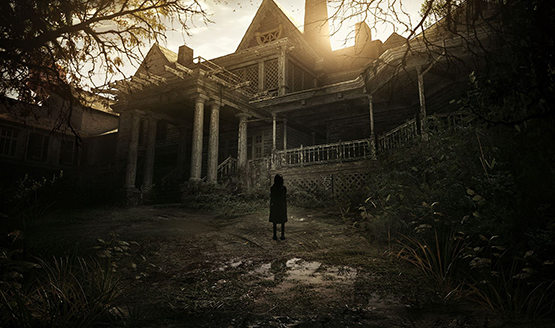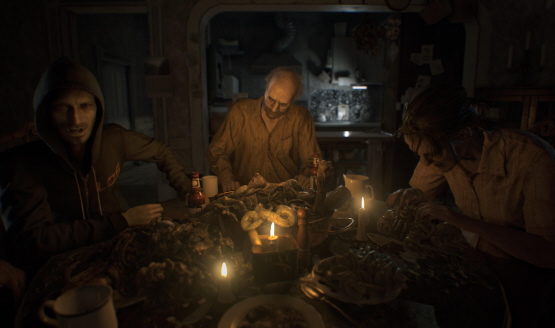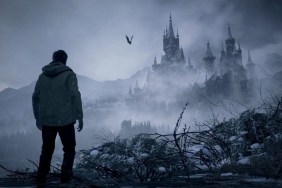It’s widely accepted that Resident Evil has fallen out of favor with fans, with more recent games moving away from survival horror and taking a far more action oriented approach, and even failing to succeed within that genre. When Resident Evil 7 biohazard was announced to once again be changing the formula of the series, there was a certain skepticism. Could Capcom get it right this time? Would a first-person approach bring the series back to its roots, or shovel it into the pile of other first-person horror games that have become so common? Is Resident Evil 7 even Resident Evil anymore? At first glance it may not seem so, but closer inspection reveals those telltale mutations that make Resident Evil stand apart from games like Outlast and Amnesia. Remember that the original Resident Evil didn’t begin with knowledge of the T-virus. It began with entering a derelict mansion haunted by the moans of the undead.
Resident Evil 7 biohazard begins in much the same way. Ethan is looking for clues about his missing wife who was presumed dead three years earlier. His search leads him to the decrepit Baker house in the swamps of Dulvey, Lousiana. The setting sun provides a last bit of daylight and hope before the door shuts behind Ethan and the nightmare begins. The stage is set for Resident Evil 7 to be much like other first-person survival horror games, but there’s a key difference that maintains its faithfulness to the Resident Evil franchise. Games like Outlast remove your ability to fight back, relying on the flight instinct to relay fear. Resident Evil 7 retains real-time limited inventory management, including weapons used to fend off the ever present threat of the cannibalistic Baker family.
The first-person perspective actualizes the horror and connects the player to it in ways that third-person perspectives cannot. This is amplified tenfold in virtual reality, but we’ll get to that aspect later. Even on a standard screen, Resident Evil 7’s best moments get the heart racing and turn the local vocabulary into a slew of four letter curse words. Committing to atmosphere more than jump scares, the Baker house never feels safe. You’re in their territory and it feels like any one of them could be right around the corner or just behind you at any given moment.
Atmosphere of Horror
Part of that atmosphere is created by an expertly crafted soundscape that makes the environment palpable. Creaks, footsteps, distant voices. Water dripping and squishing. The sound of your own footsteps. The sounds encompass you and bring the dilapidated property to life, something that helps some of the backtracking not feel so repetitive. A lot of games utilize backtracking through old environments, but as I retread pathways on the Baker property, opening up secret passageways and revisiting the same rooms multiple times, I found a sense of completeness. Instead of groaning at having to go back upstairs to unlock a previously barred door, I crept up again slowly, remembering previous events in these upper rooms, and not knowing what to expect as I headed back. For a horror game not to lull me into a sense of ease and complacency during backtracking is a true feat, as most survival horror games tend to become less and less scary the longer I play, instead of doubling down and becoming increasingly unpredictable.
Resident Evil is known for its environmental puzzles, and this one doesn’t disappoint. It’s amazing how intense a simple puzzle can be when you’re being stalked by Marguerite Baker, or when trying to hide from whatever the hell lingers in the basement. The first-person view once again comes into play, as attempting to solve a puzzle when you can’t see what’s around you is nerve wracking. Resource management becomes a crucial part of working through each area, and deciding what to store and what to bring with you creates dilemmas that add to the tension. Should you use two inventory slots for the shotgun, or will the single slot handgun suffice? Will you need the burner? What do you leave behind in order to bring items you need to solve a puzzle? One of the trophies even offers an additional challenge by only allowing you to open the item storage chest three times, and at least one time is necessitated by the story.
These kinds of elements are classic callbacks to the feeling of how Resident Evil played, and the first six or so hours of the game feel like a re-imagined version of the original, all with its own unique vibe. With as many endowments as Resident Evil 7 pulls, newcomers can feel secure that it stands alone as its own title. While it does eventually tie in with the overall Resident Evil mythology and there are plenty of Easter eggs for longtime fans, there’s nothing here that will leave new players stranded. The latter third of the game takes a distinct turn from steady horror in exchange for more rapid exposition, but it never feels too out of pace, instead naturally progressing along with Ethan’s journey. Hopefully it manages to set the stage for the continued success of this reemergence of Resident Evil.
Virtually Terrifying
Since the inception of virtual reality, players have been calling out how perfect the platform is for horror games. Capcom have answered these calls by making the entire length of their AAA title compatible with PlayStation VR, something I took advantage of for the duration of my initial 10-hour playthrough. Though I was nervous about the possibility of feeling nauseous in free motion VR (a problem I had with Robinson), my first chunk of playtime was eight hours without ever removing the headset, and even then it only ended because I needed to get enough sleep. Utilizing the default comfort settings, I never felt any kind of head or stomach sickness for the entirety of the campaign. Starting the game with VR offers a tutorial that gives a brief overview of the comfort options and what they do, something I’ve found sorely lacking in many other games (again, an issue with Robinson). There’s a high level of customization in these settings so you can make the game feel as immersive and comfortable as you want.
As palpably terrifying as the game is outside of virtual reality, having that horror surround you is another level entirely. At first I was put off by the lower graphical fidelity, but my brain quickly overcame this small issue and I was fully immersed. While it’s a notable difference in side by side comparisons, it’s still one of the best looking PSVR games, and the absolute best way to experience the horror of the Baker mansion. An early death by chainsaw made me question if I really had the power tool ripping up my guts. Having my hand pinned to a wall with a screwdriver sent an odd feeling through my real palm. Every noise made me spin around like a madman, enough that I had to stop playing with headphones and just use my surround sound so that I could maintain some small connection with the real world. It’s that scary.
VR works so well because the slow paced nature of Resident Evil 7 lends itself to that environmental dread, walking down a hall or through a doorway and expecting every possible scary thing on the other side. The immersive sense of presence makes each moment personal, from the intimate moments with Jack force feeding you human remains and shoving a knife in your mouth, to the huge and creative boss battles that make you feel like you are being crowded out of the small room by their fearsome presence. Even though the TV version looks demonstrably better, I really can’t see myself playing Resident Evil 7 in anything but VR going forward.
Altogether it’s a sharp crossroads between horror films like Texas Chainsaw Massacre and The Hills Have Eyes, and the classic slow paced survival horror of Resident Evil. The grotesque cunning of the murderous backwoods family is decidedly scarier than mindless creatures, and there are many moments that reminded me of those in the Spencer mansion, like things crashing through windows and creative massive scale boss fights. By the end, Resident Evil 7’s place within the Resident Evil franchise is definitively confirmed, and it marks not just a clear uptick, but a new beginning for a flagging series that was in desperate need of a shot in the arm. Add in that it’s one of the best VR experiences to date, and the PS4 version of Resident Evil 7 biohazard is not just a great Resident Evil game, or a great horror game, it’s a great game in general.
Resident Evil 7 biohazard review code provided by publisher. Reviewed both on PlayStation VR and TV display. For more information on scoring please see our Review Policy.
-
Immersive horror through atmospheric sights and sounds
-
Callbacks to classic Resident Evil
-
Full length AAA VR title, one of the best VR games to date
-
A new beginning for the Resident Evil series
-
VR graphical fidelity decrease from 2D display version
-
Last part of the game eschews puzzles for more fast paced horror and exposition
Resident Evil 7 info dump
-
Resident Evil 7 - Everything You Need to Know
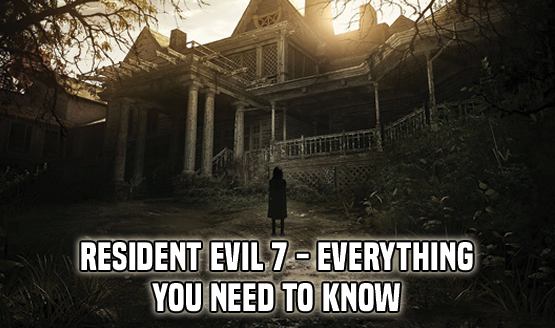
Horror comes home on January 24 and to prepare, we've compiled Everything You Need to Know about RE7. Let's get to it.
-
What is Resident Evil 7?
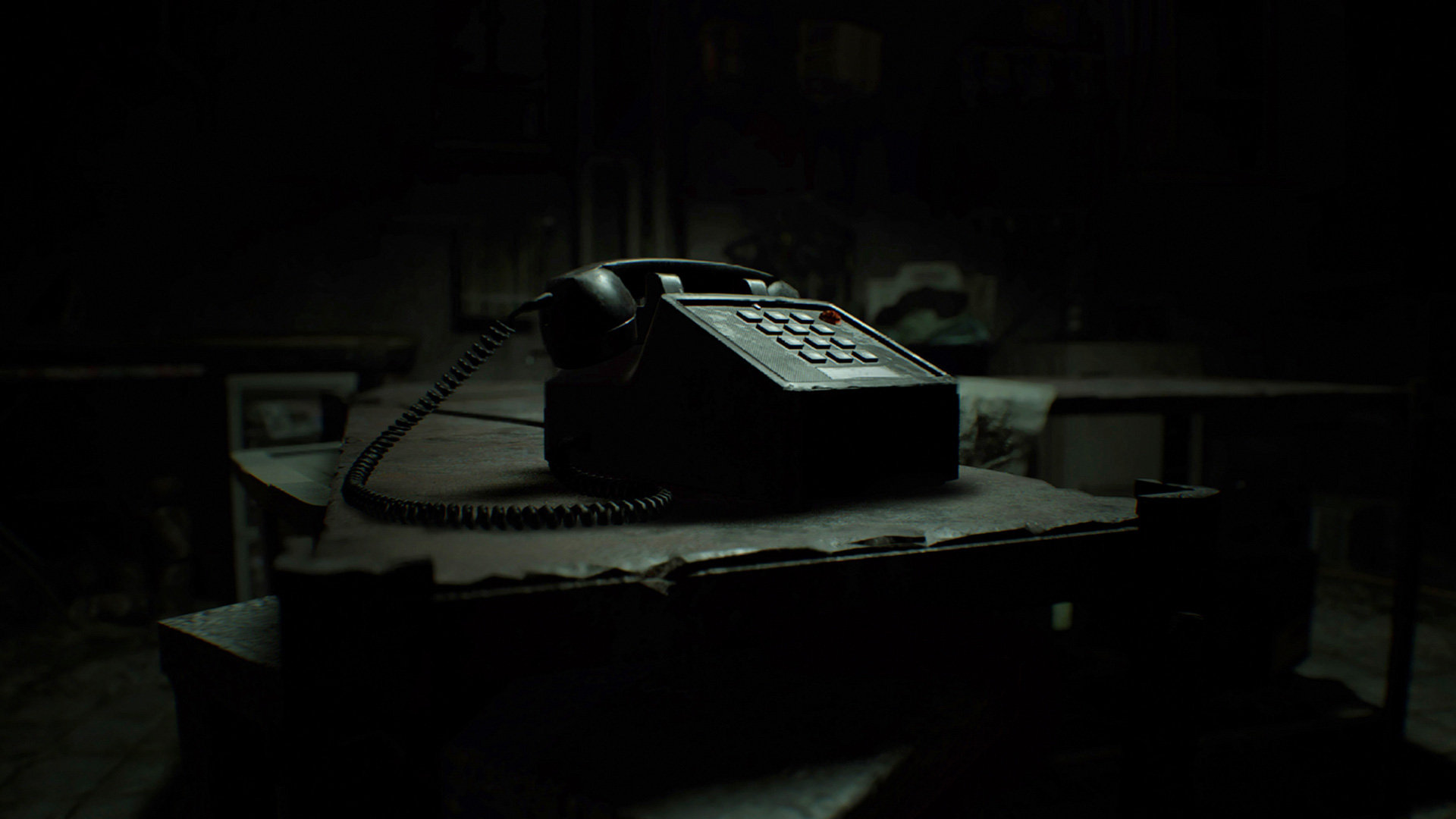
Codenamed Biohazard in Japan, Resident Evil 7 is the latest entry into Capcom’s horror flagship that’s set to course-correct the franchise as a whole.
It's not necessarily a reboot, but with its first-person perspective and emphasis on scares over spectacle, RE7 harkens back to the Resident Evils of old.
-
What’s the Story?
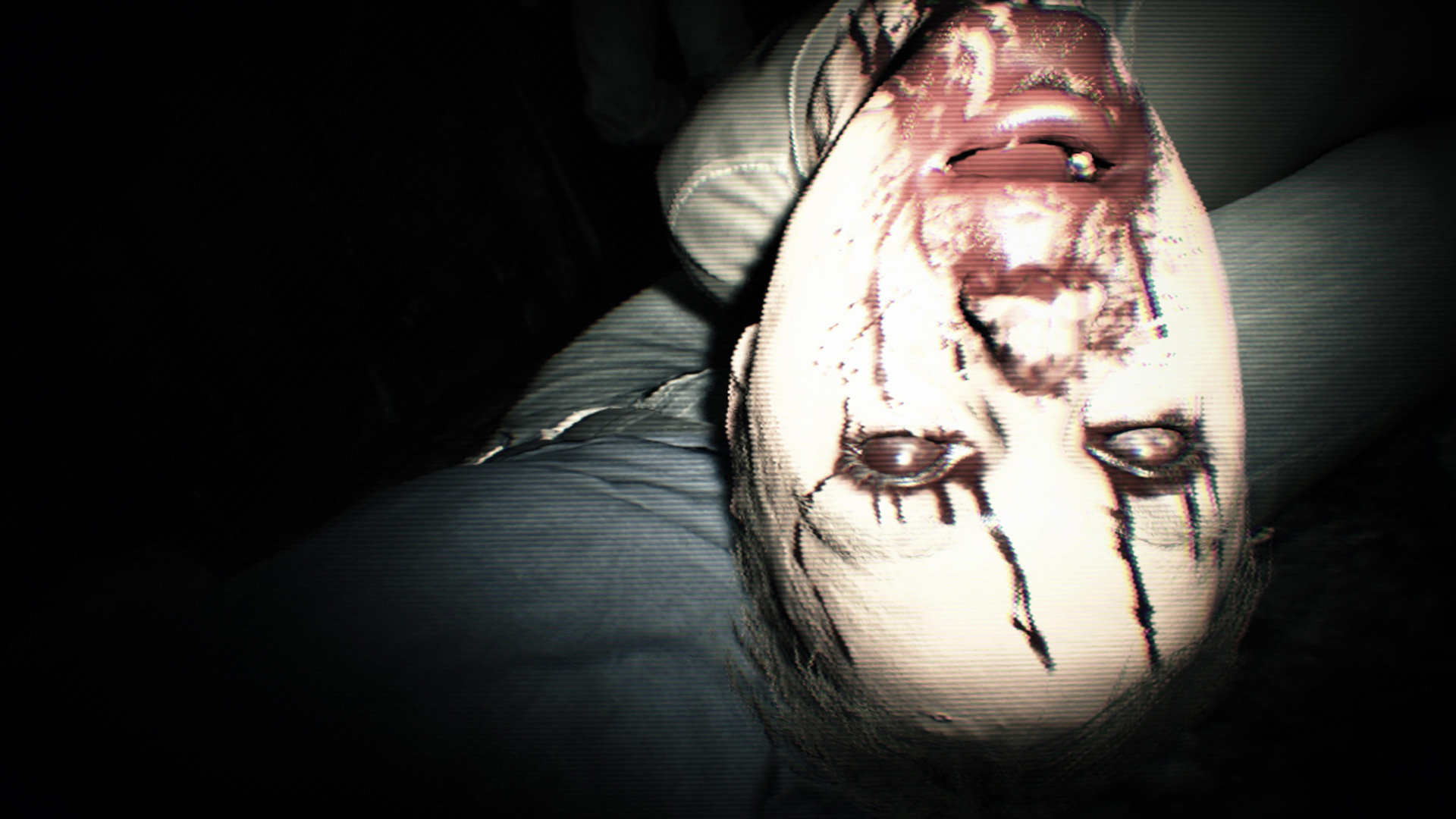
Resident Evil 7 will thrust an ordinary person into extraordinary circumstances, it seems, with players controlling Ethan Winters, an unassuming citizen caught up in the incident at the Dulvey Haunted House.
Taking place in America’s Deep South, Ethan is on the hunt for his missing wife -- a woman named Mia Winters who was reported dead three years prior. Cue the nerve-shredding terror.
Development on RE7 first started back in 2014 and now, three years later, we’re only days away from the sequel’s launch.
-
The Baker Family
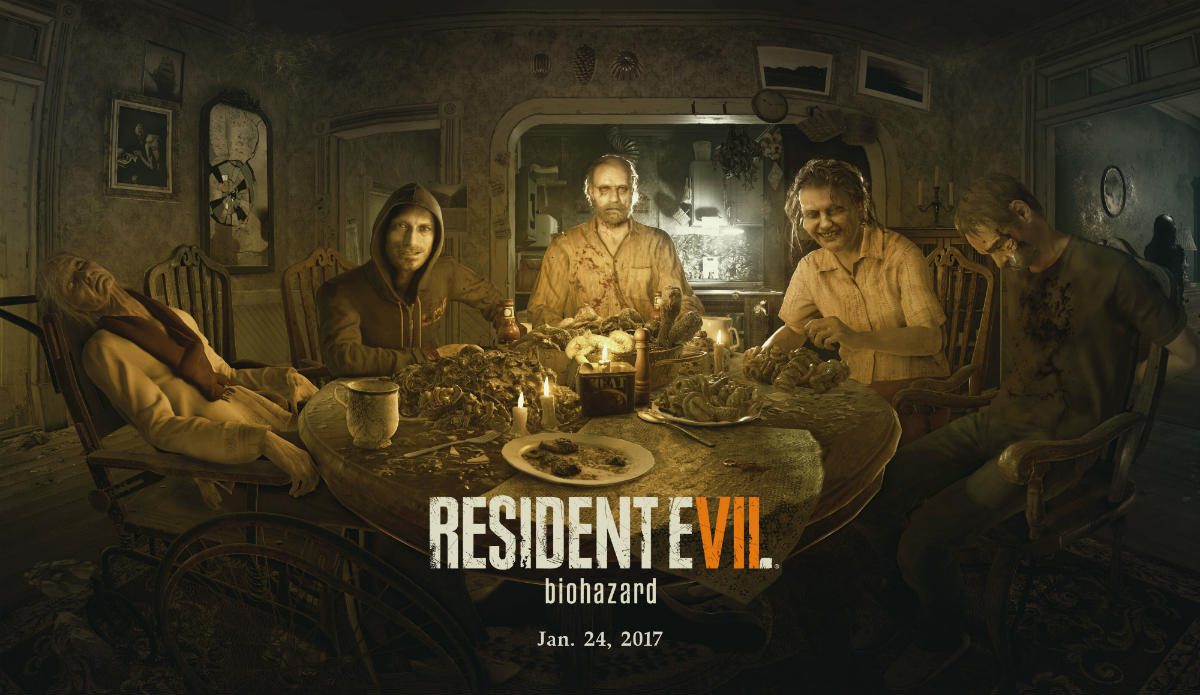
Meet the Baker family, a Texas Chainsaw Massacre-esque arrangement of cannibals and twisted religious nuts.
They reside in a crummy old mansion somewhere in America's Deep South -- sounds familiar, right? -- and though RE7's core antagonists draw inspiration from all kinds of tried-and-tested horror tropes, the Bakers are no less terrifying.
Demented, hungry and nigh on relentless, Jack Baker is the axe-wielding patriarch baying for blood. His target? You, of course, and Papa Baker won't let anyone or anything stand in his way. With Resident Evil 7, expect the unexpected.
-
Old-School Design
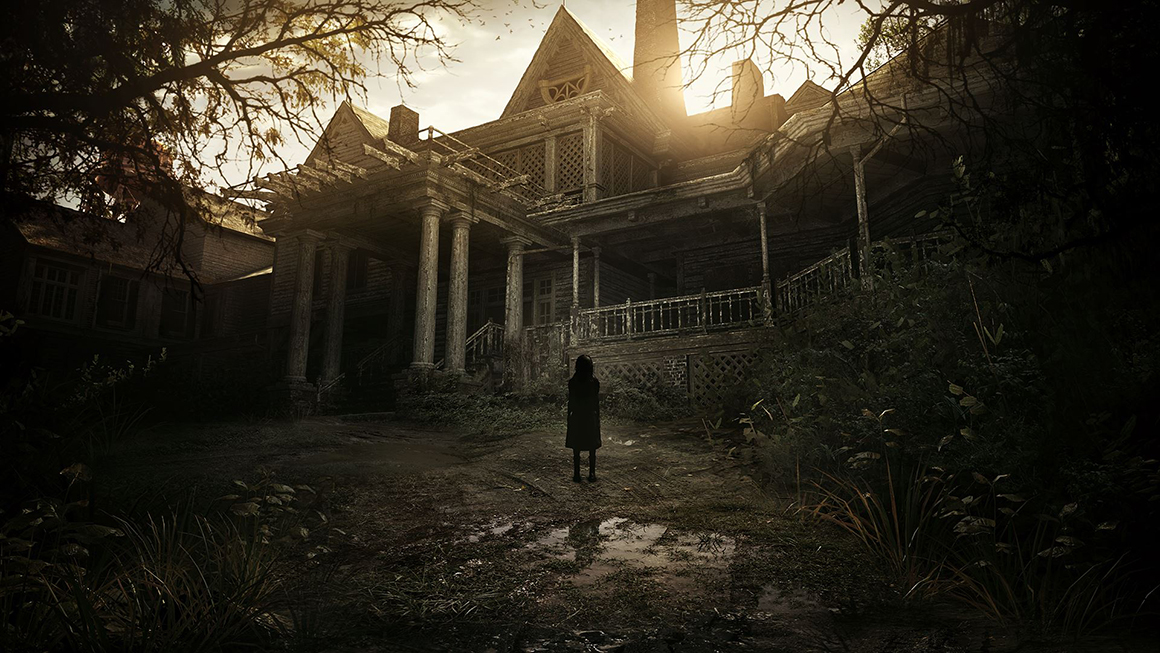
Harkening back to yesteryear, the Baker House, in all of its crummy, grotesque glory, evokes memories of famous Spencer Mansion in that players will soon find that there are a multitude of doors and avenues lying in wait.
Because who doesn't love getting lost in a house teeming with cannibals and gnarly secrets?
-
From Third to First-Person

Stressing the importance of placing players smack bang in the epicentre of horror, Resident Evil 7 Producer Masachika Kawata outlined the reasoning behind the switch from third to first-person.
"The final game is also entirely in first-person perspective. This is driven by the concept of Resident Evil 7, which is a return to horror. At this particular time in games, it was determined that first-person was the most advantageous way to present horror to the player. When confronting the enemy, there's no barrier between you and the enemy. This also applies to exploration and gimmicks and traps and things like that. They felt that it really gets you up close and personal with everything, which adds to that horror element."
-
Beginning Hour Demo Not Part of Main Game
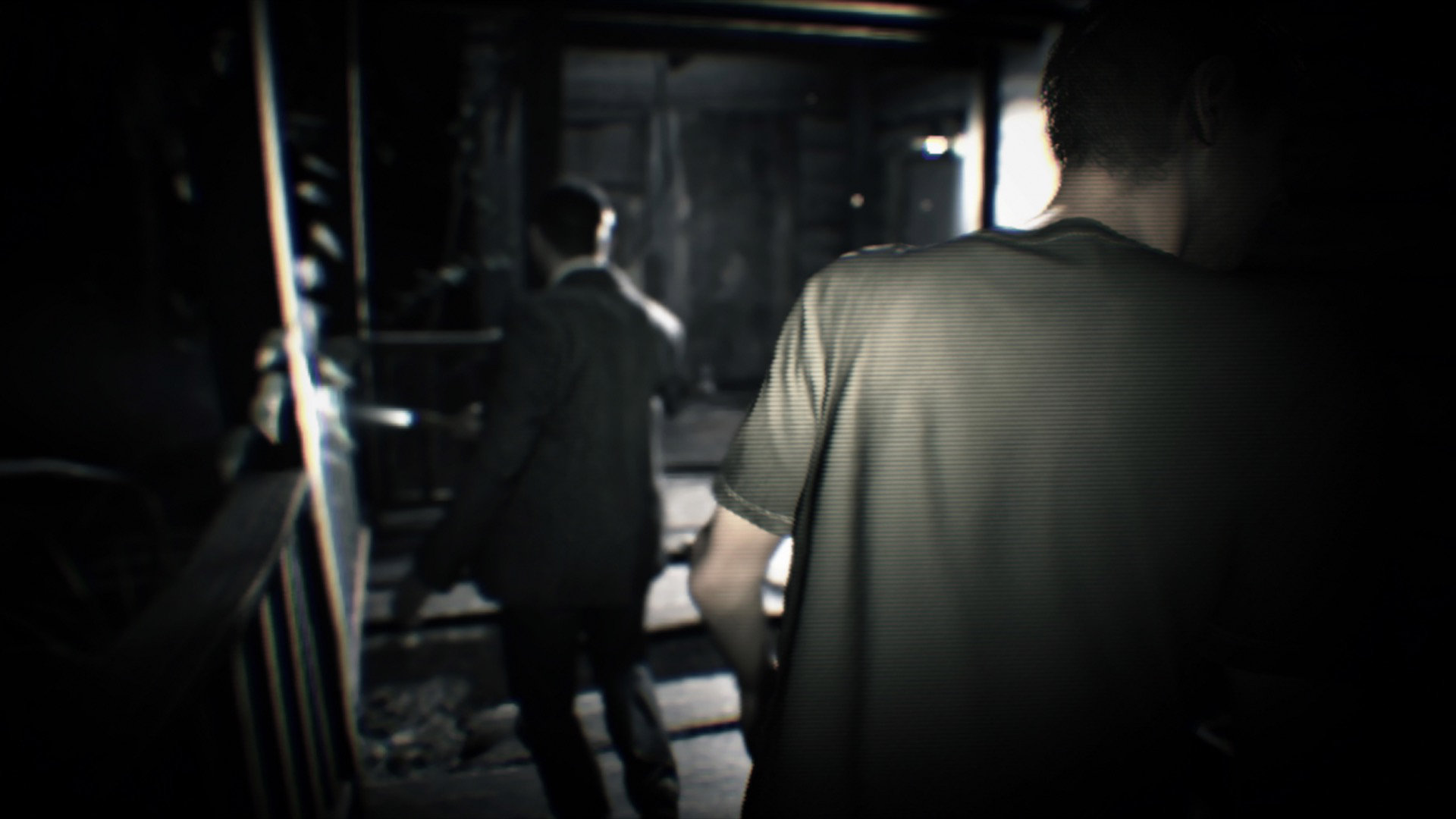
Soon after its debut last summer, Capcom was quick to clarify that the Beginning Hour demo won't be a part of the main game.
“Just to make it clear first and foremost: [the demo] is not actually a slice from the game, it isn’t the opening sequence of the game or anything like that. We really wanted to focus on what concepts we wanted players to understand about the game with the demo and that’s horror, obviously. So this is kind of like a tonal preview of what to expect in the game, rather than a little bit of the game content you’re getting in advance.”
-
Down With the
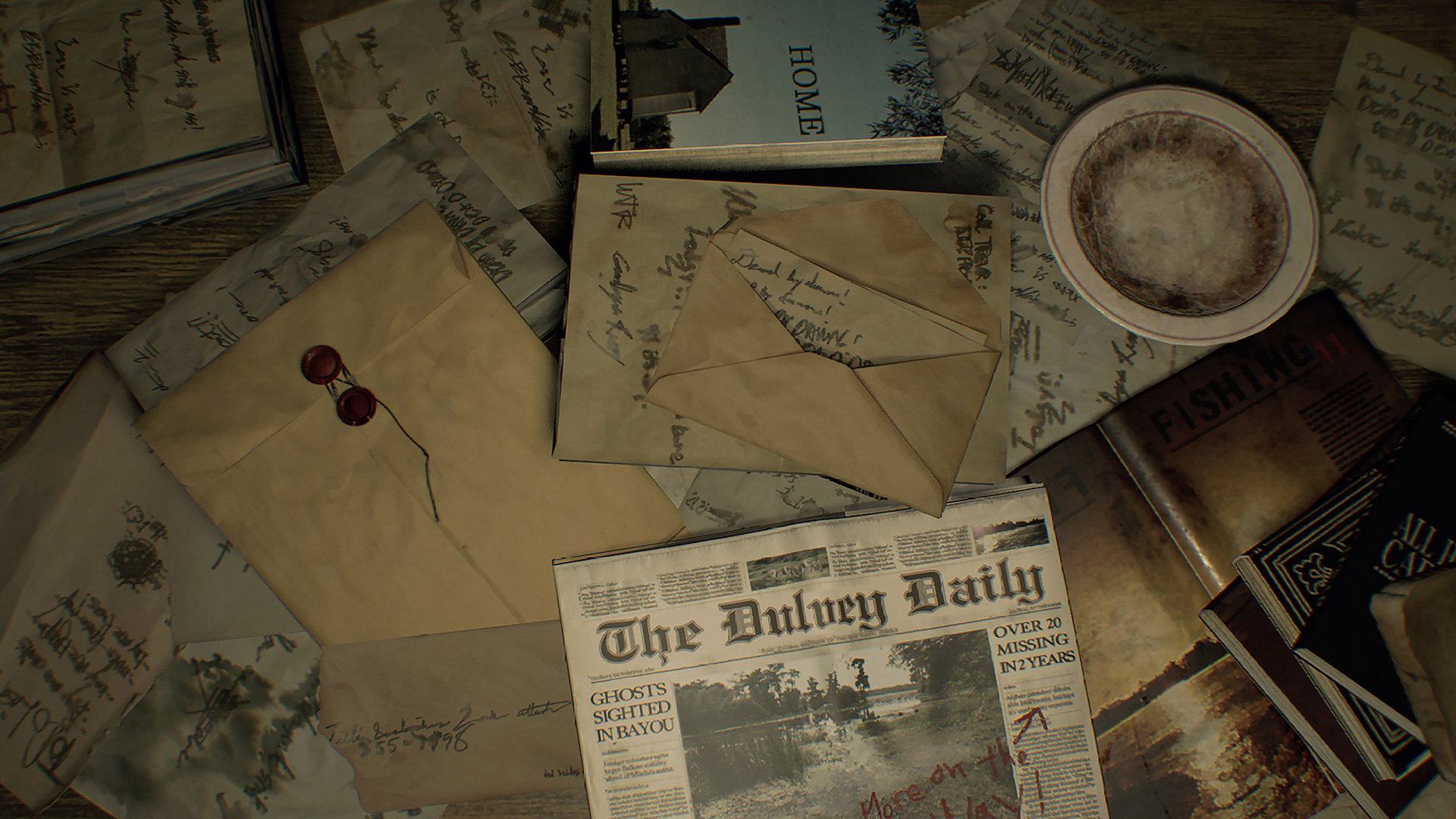
Gone are the "obscure puzzles" from the Beginning Hour demo, with Resident Evil Producer Masachika Kawata noting that the imminent horror game strikes a “good balance" between challenge and difficulty.
I think compared to previous puzzles the players are going to have to think a little bit further for the puzzles but rest assured we aren’t going to include these insanely obscure puzzles that you see in the demo. We feel as though there’s a good balance in terms of the puzzles that you see in the main game.
-
1080p/60fps Across the Board, HDR Support Confirmed
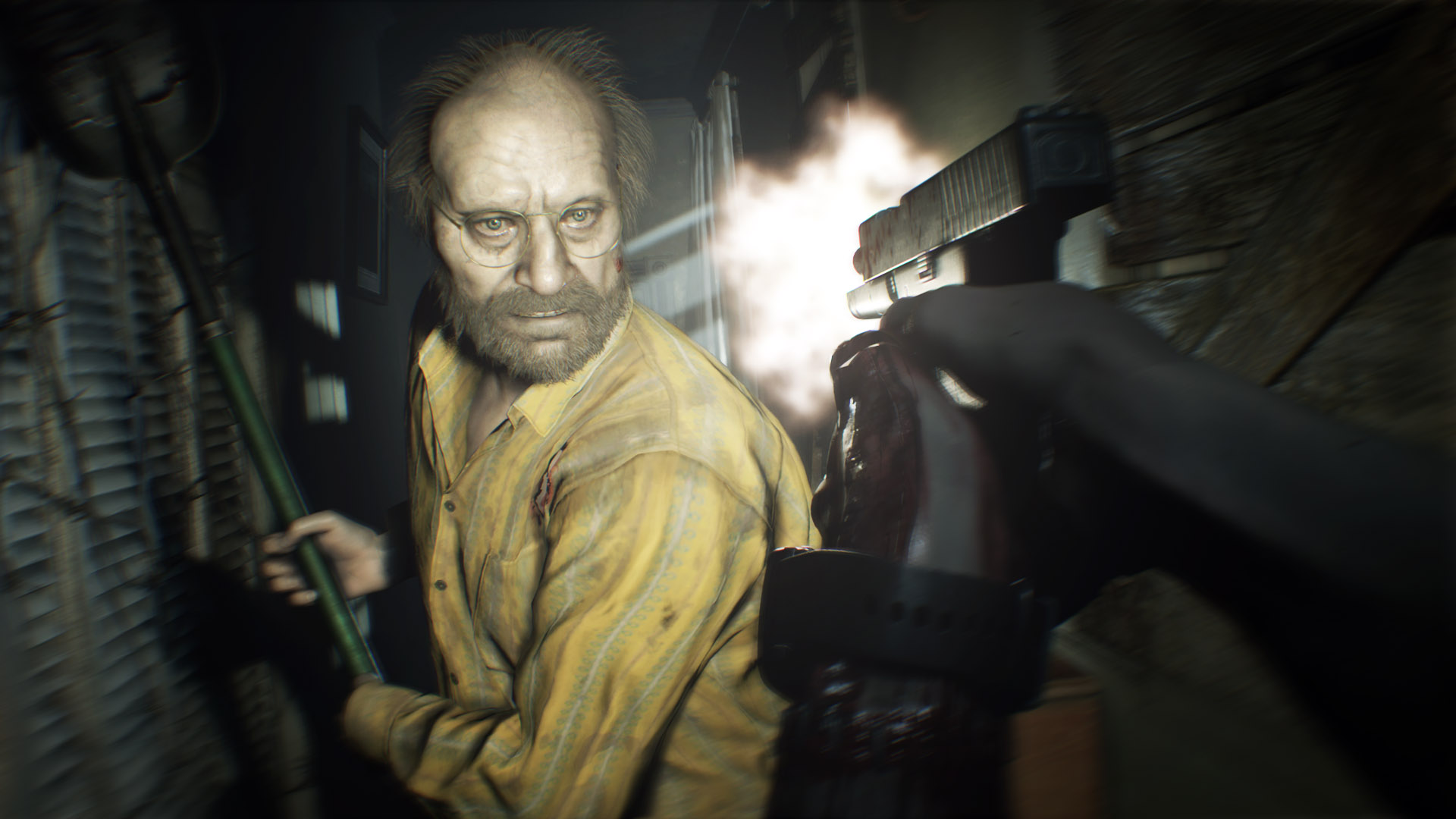
Resident Evil 7 biohazard producer Masachika Kawata has confirmed that the horror title will 1080p and 60 frames-per-second on both, the PlayStation 4 and Xbox One. HDR support will also be available across PS4, PS4 Pro and the Xbox One S.
"When it comes to new hardware, I think that the biggest takeaway is just making sure that it’s not just one party that is excited about this product. It really has to be a mutual interest on both the manufactures side, publisher side, [and] consumer side. And only when everyone is on board and everyone’s excited for the product does it allow the opportunity to expand the game industry and the user base. Because otherwise it’s just a lot of extra effort on our side."
-
Capcom
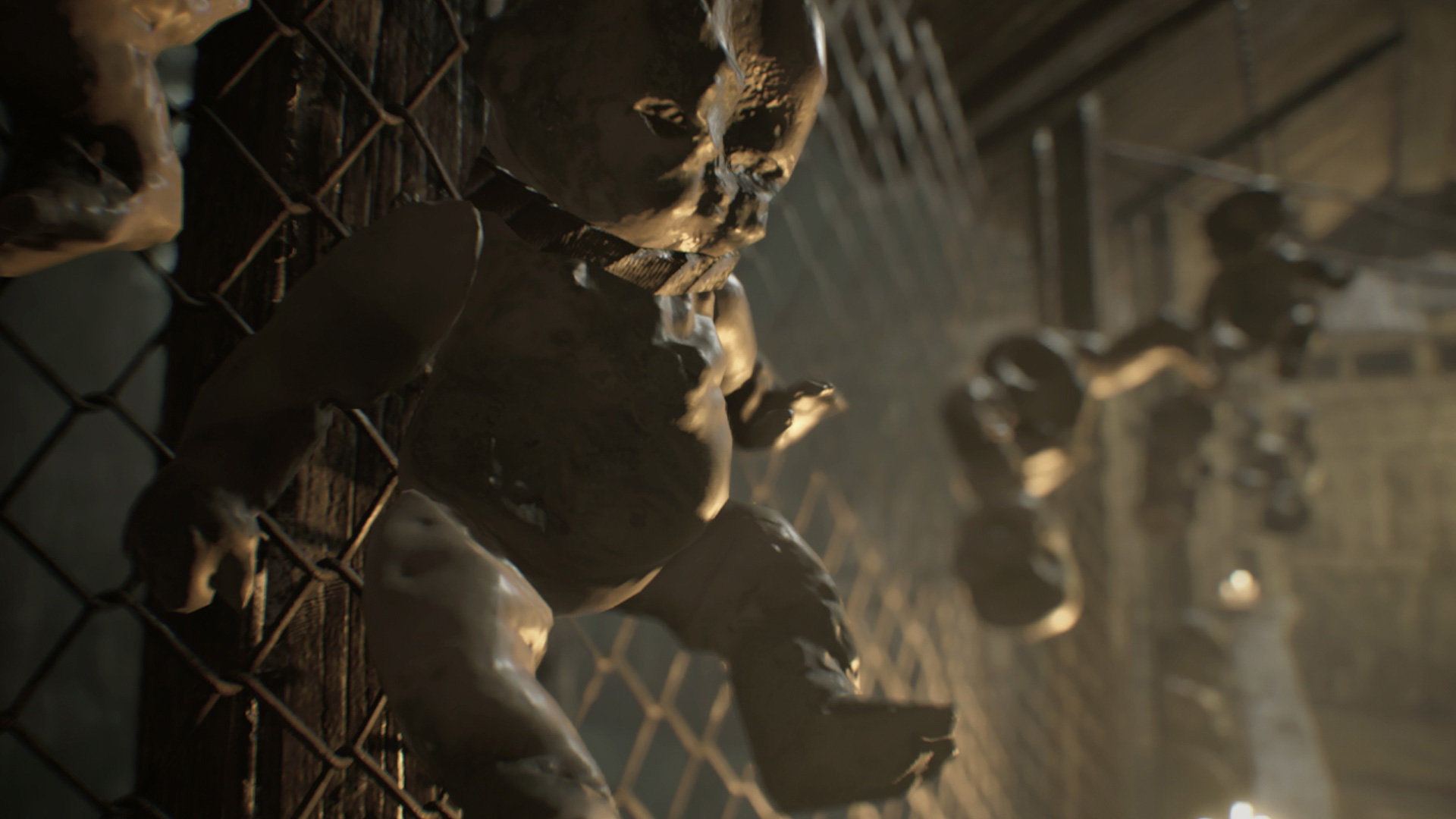
Don't expect RE7 to indulge in classic cameos, with Leon voice actor Matt Mercer noting:
"I think it’s also good of them, especially coming off of [Resident Evil 6] and its lukewarm reception, to go ahead and reestablish their roots and maybe start an original story. And if they decide that that does well, maybe they can then marry it in with the previous stories."
-
Inventory Management and Green Herbs
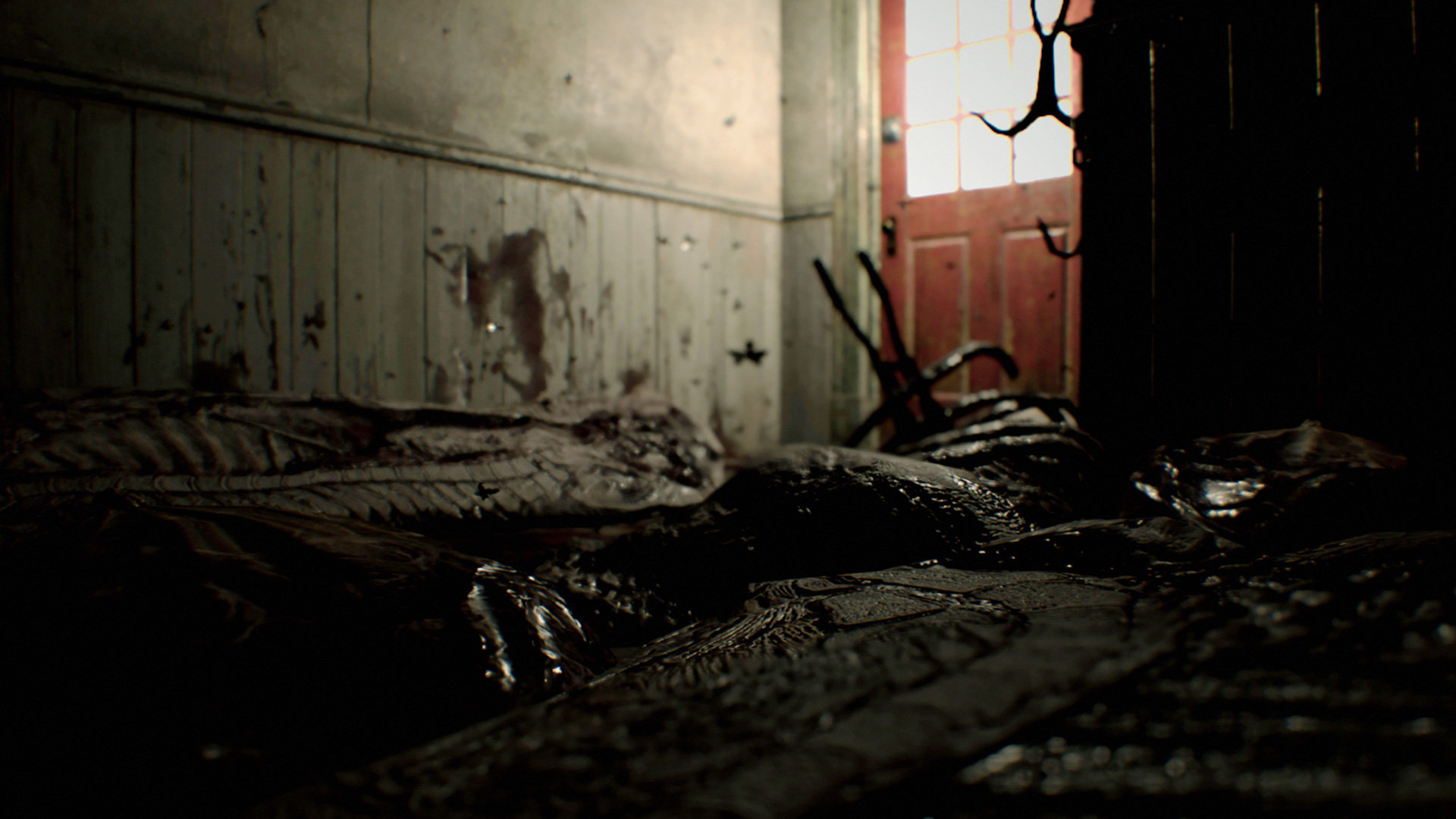
Despite the switch to first-person, there are still many familiar elements to be found in Resident Evil 7, including inventory management and those iconic green herbs.
"You mention green herbs, that’s just one of the things that are going to be featured in it that will make you think of past titles. And even the gameplay system, even though it’s being substantially refreshed and updated we are keeping that link to that legacy – whether it comes from stuff like inventory management and so forth it’ll be the sort of thing you expect from a Resident Evil game. Even though we haven’t necessarily shown off all those aspects just yet, in the content we’ve shown you so far."
-
Resident Evil 7 Almost Featured the Supernatural
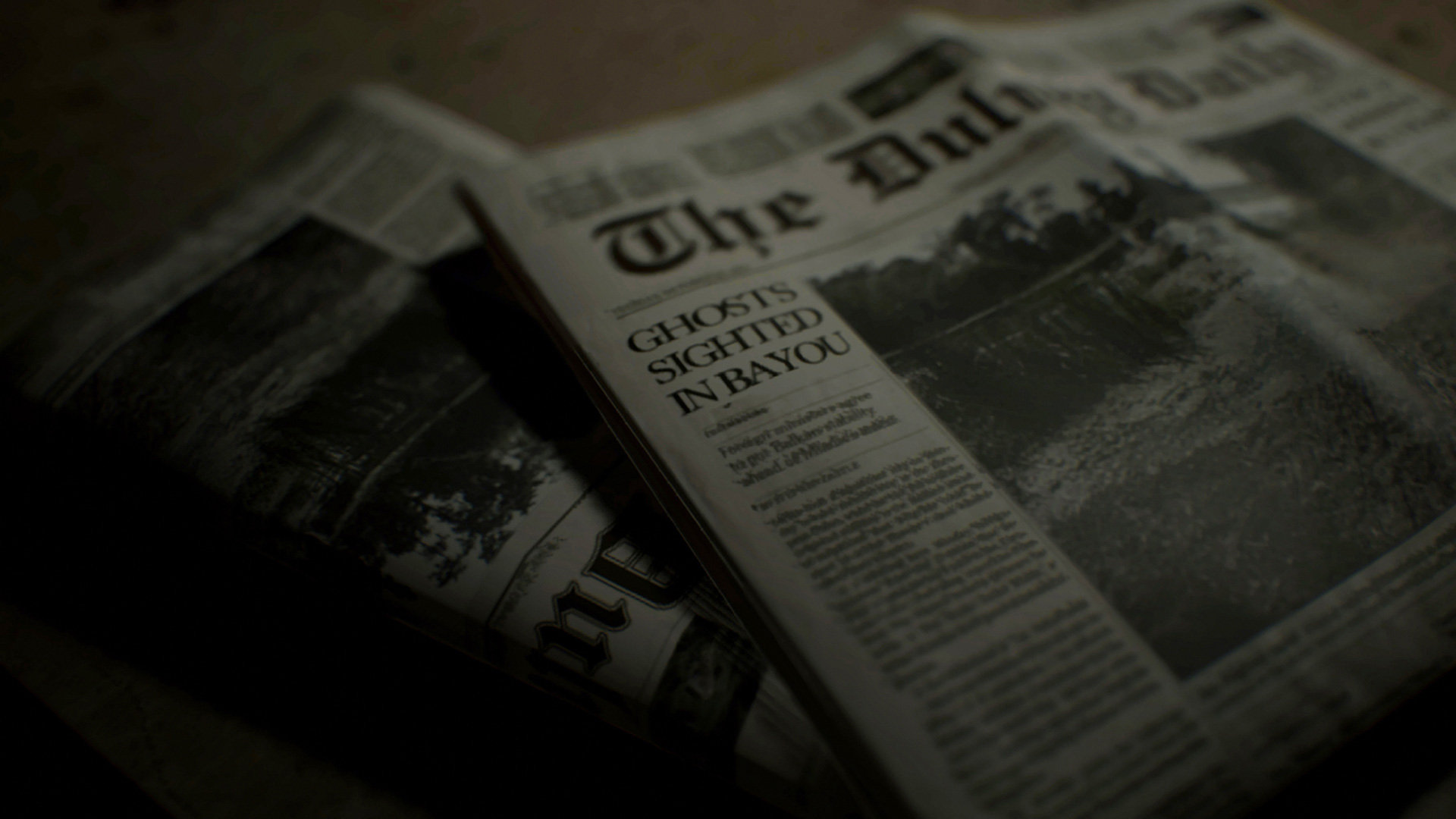
Though the series was built on the T-virus and flesh-munching zombies, at one point Capcom considered introducing the supernatural into Resident Evil 7.
Here's what Producer Masachika Kawata had to share:
“We haven’t turned Resident Evil into a ghost story,” he said. “At the beginning we did consider everything, though – and wondered what we could bring in for more of a supernatural dimension. But we didn’t end up going down that route.”
-
A Clear Vision
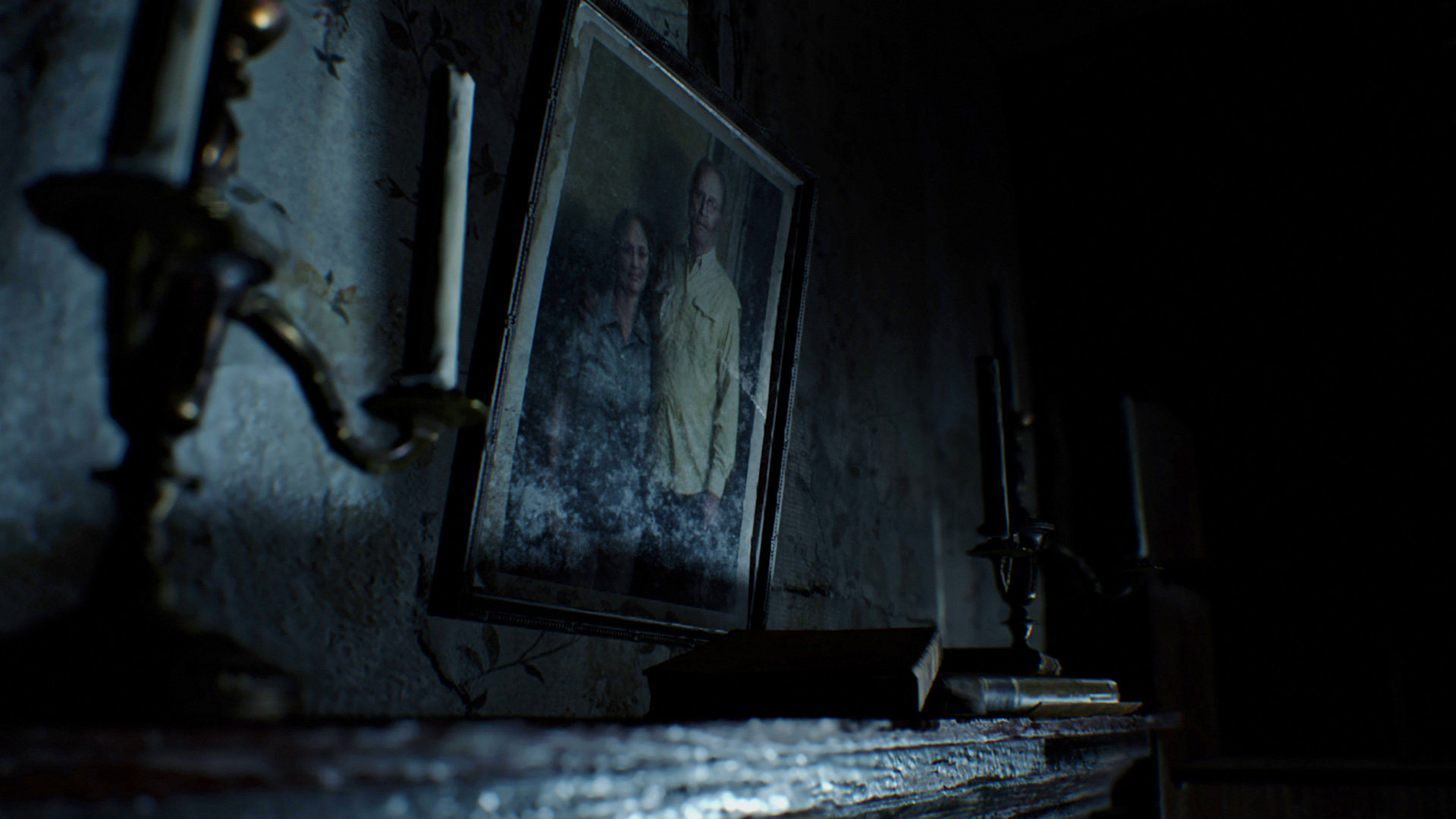
Puzzle-solving, exploration, managing limited resources in a horrifying situation -- all hallmarks of the Resident Evil franchise, and Capcom is confident numero 7 will deliver the goods.
“I think the timing was good, I think the fans were really hungry for a return to the roots as well.
“We want to take it in a new direction, as much as we can, while at the same time saying, ‘This is still that same universe that you know and love.'"
-
Season Pass
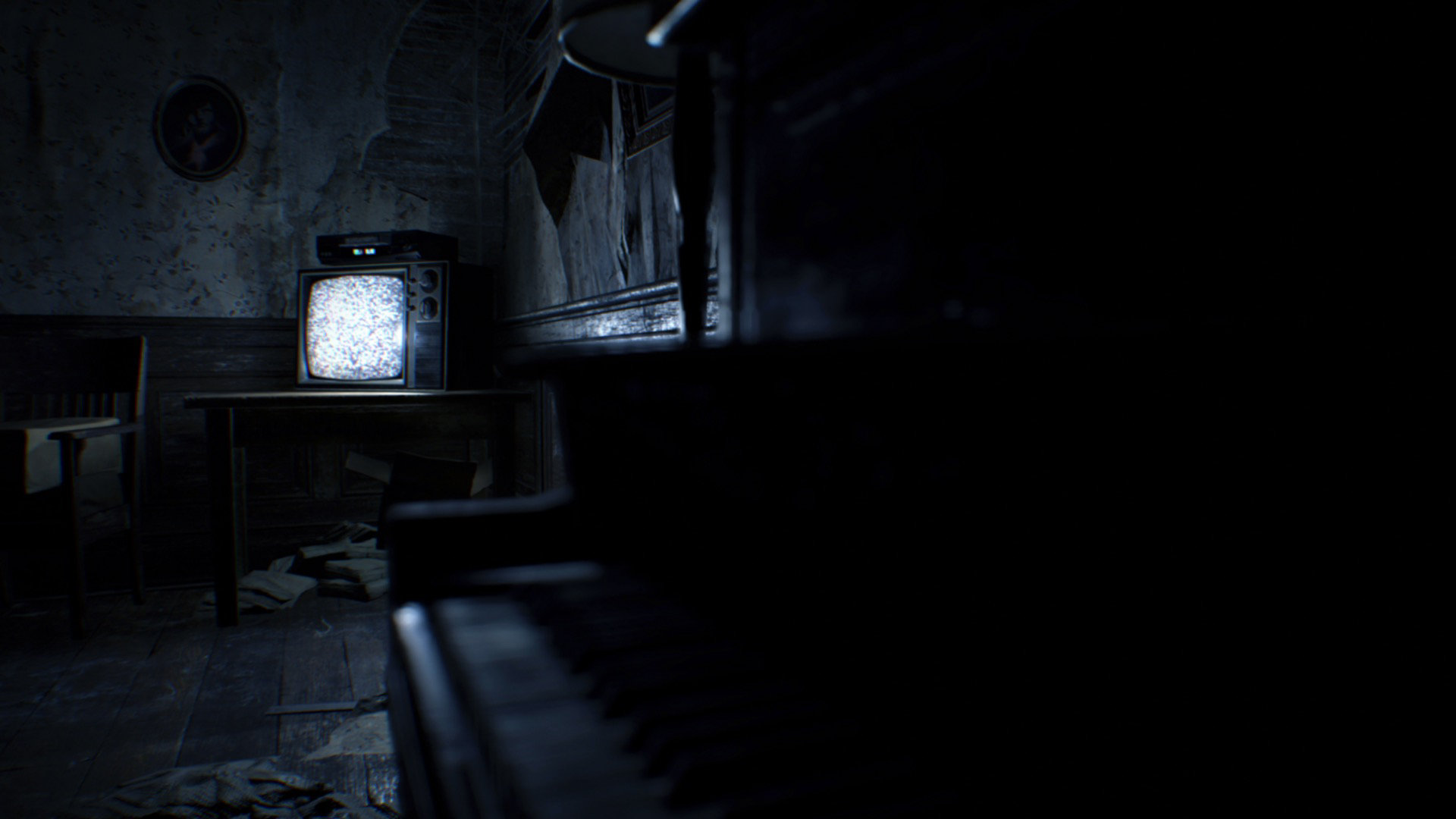
Available for $29.99 on its own, the Resident Evil 7 Season Pass comes packing the following content:
- Banned Footage Vol. 1
Nightmare
Bedroom
Ethan Must Die - Banned Footage Vol. 2
21
Daughters
Jack’s 55th Birthday - Additional Story Episode
- Banned Footage Vol. 1
-
Free Story DLC
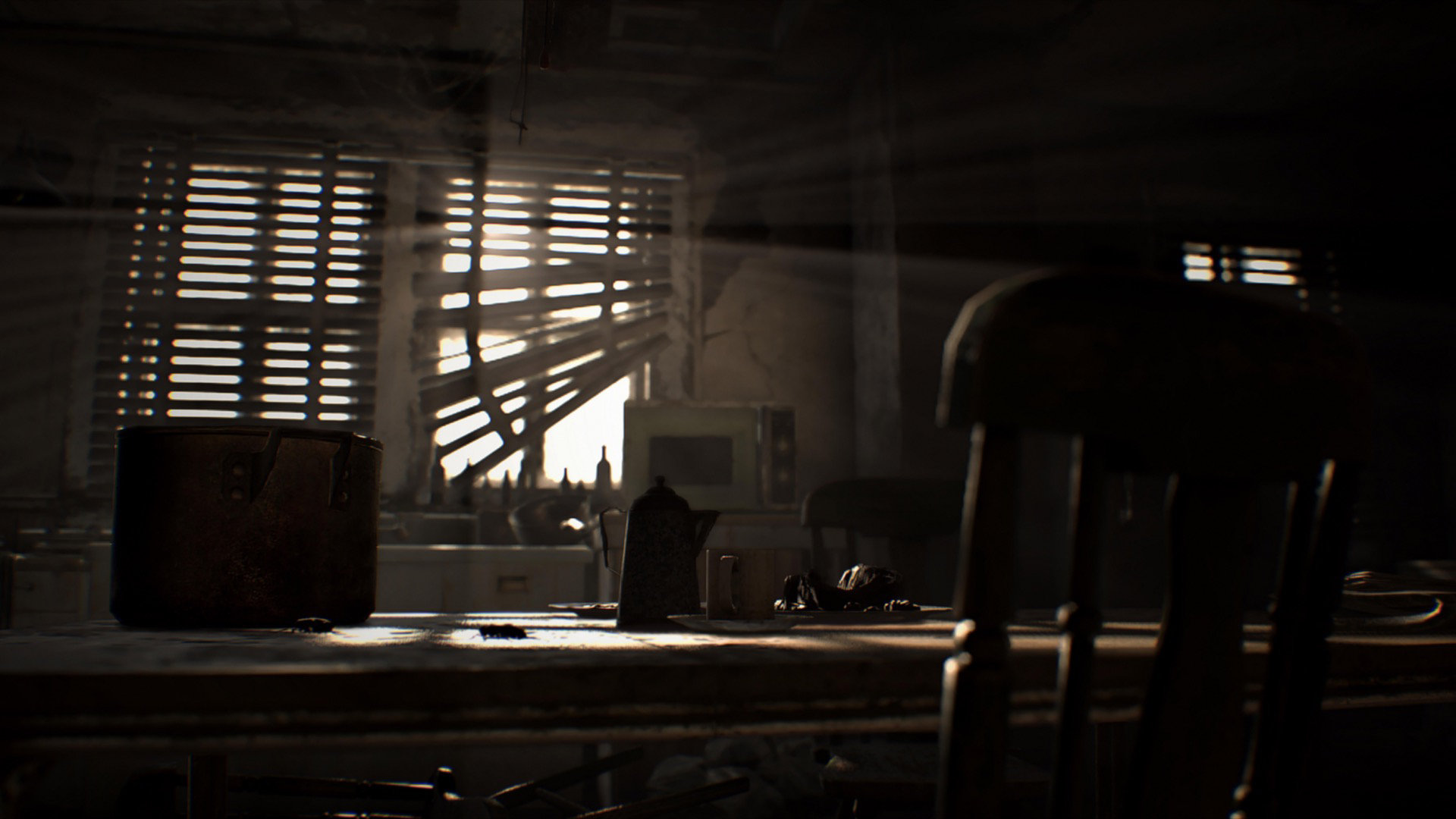
Outside of the game's Season Pass, a free piece of DLC known as Not a Hero will hit Japan soon after launch. No word yet on whether the content pack will make its way west, but we'll keep you posted.
-
No Microtransactions to Speak Of

While there's a truckload of pre-order incentives for Resident Evil 7, Capcom has confirmed that the game won't feature microtransactions whatsoever.
-
PS4 Pro Support Confirmed
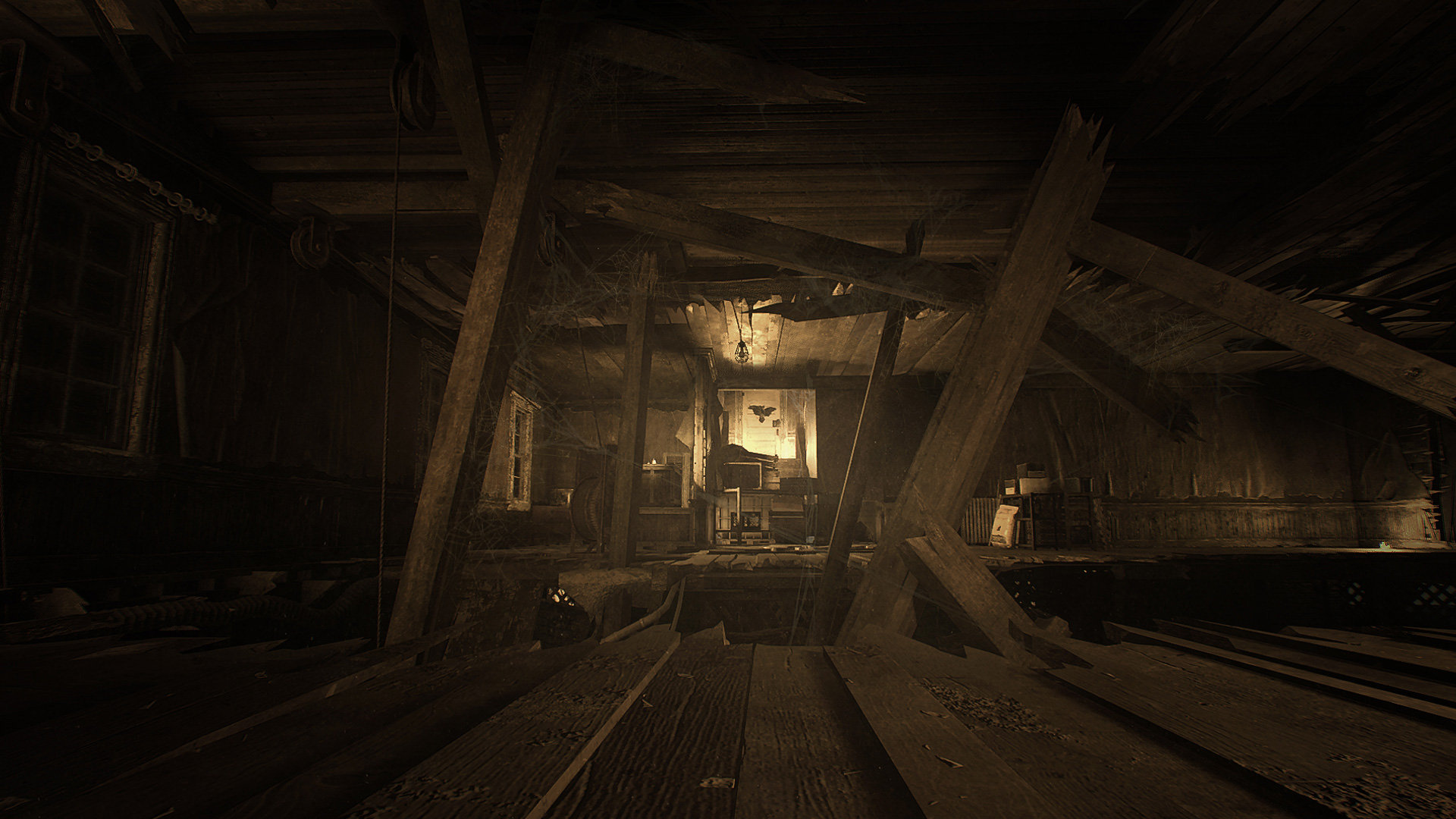
As previously confirmed, Resident Evil 7 will feature PS4 Pro support at launch, with the company's official statement reading as so:
"Great news everyone! Resident Evil 7 biohazard will support PlayStation 4 Pro with 4K and HDR graphics!"
-
PSVR Support
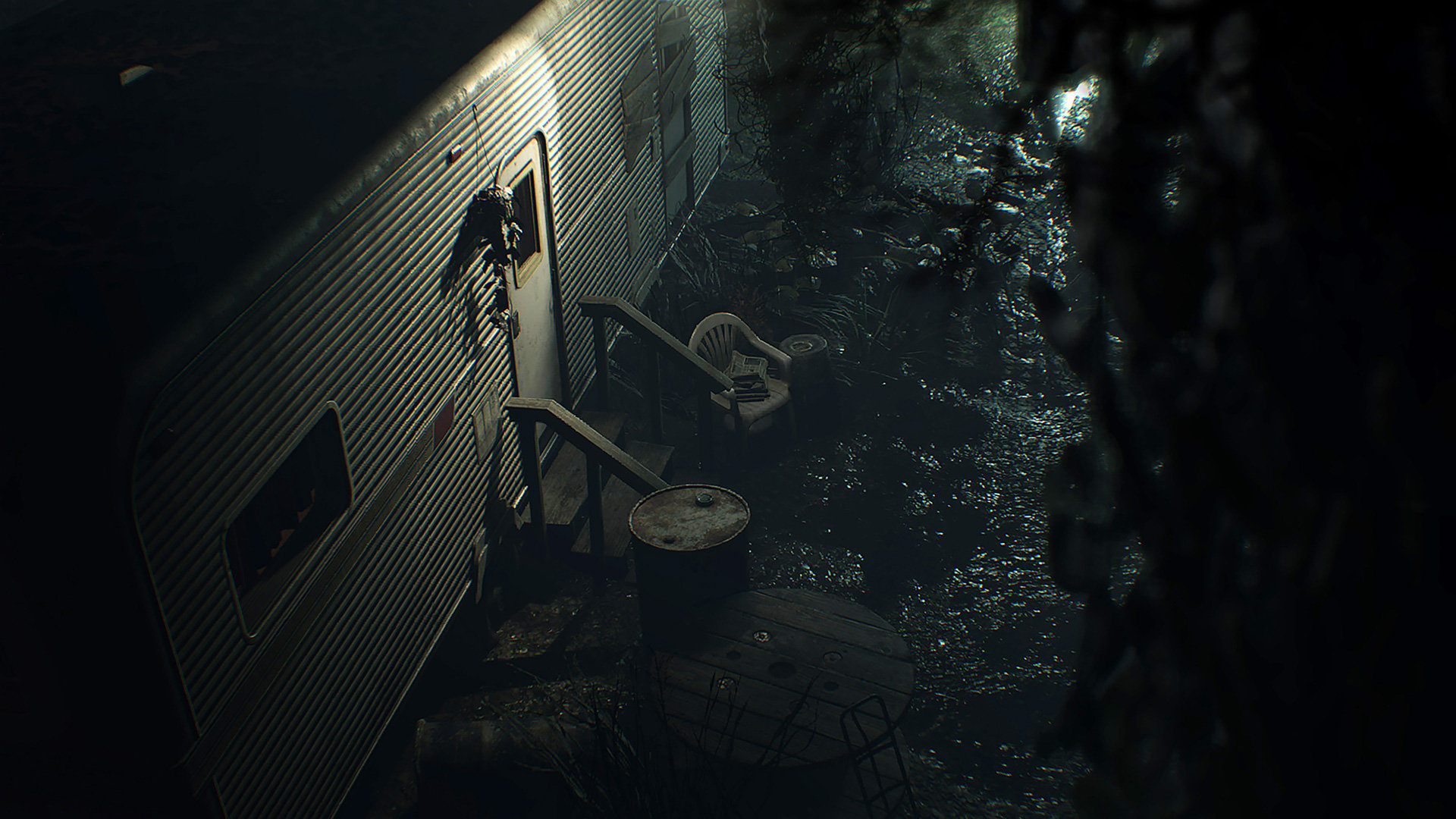
Much to the delight of adrenaline junkies the world over, Resident Evil 7 will be playable front-to-back through PSVR.
“Allowing you to play the entire game from start-to-finish on PlayStation VR, Resident Evil 7 dares you to step inside its terrifying nightmare and get closer to the horror than you ever thought possible.
“For those with nerves of steel, PlayStation VR will immerse you in the suffocating atmosphere of a deep south American community with a terrible secret. Explore its vivid decaying environments as you would your own home and prepare to come face to face with evil.”
-
Exclusive to PSVR for One Year
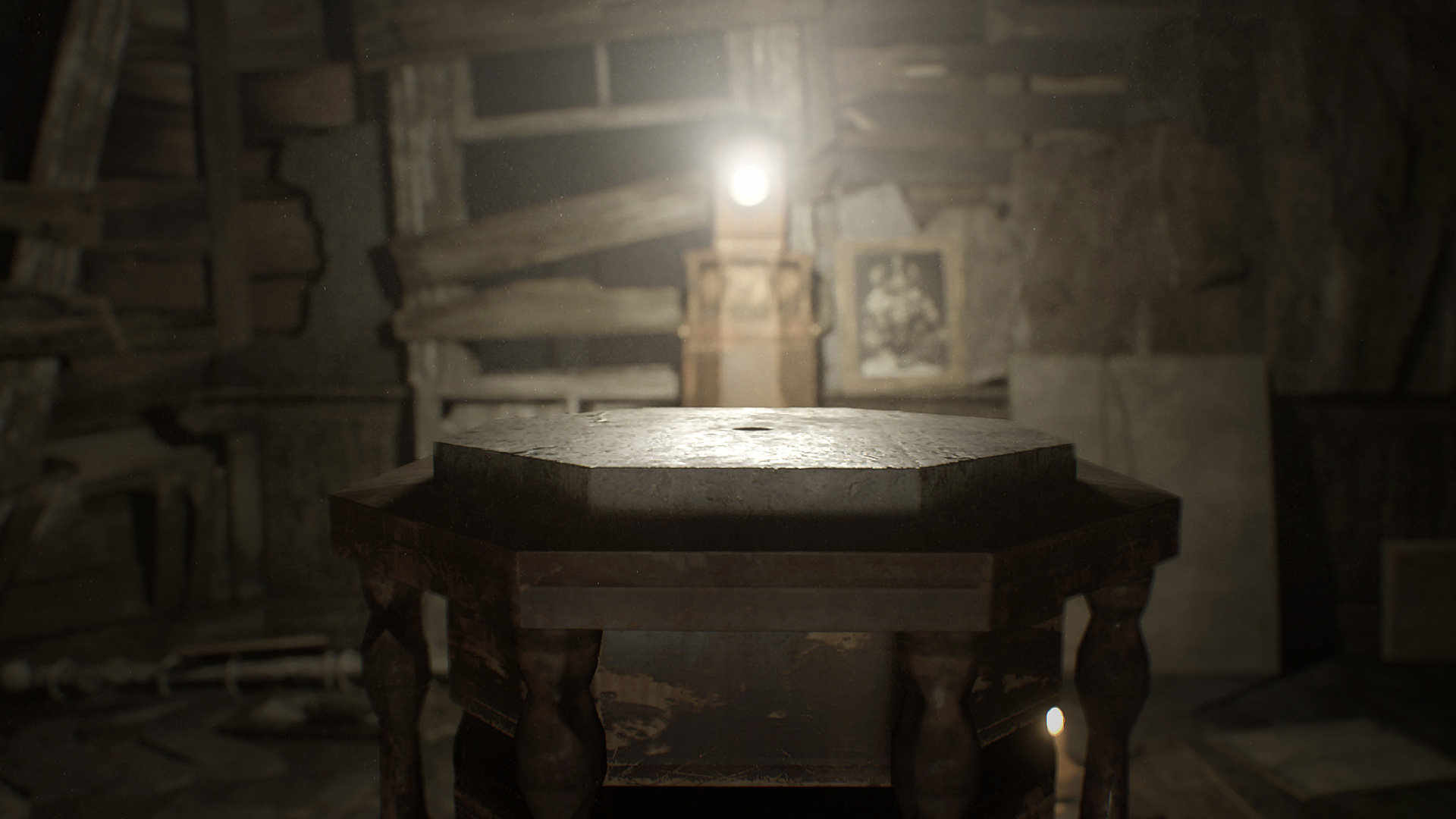
Resident Evil 7's virtual reality mode is exclusive to PSVR up until January 2018.
-
Lofty Sales Expectations
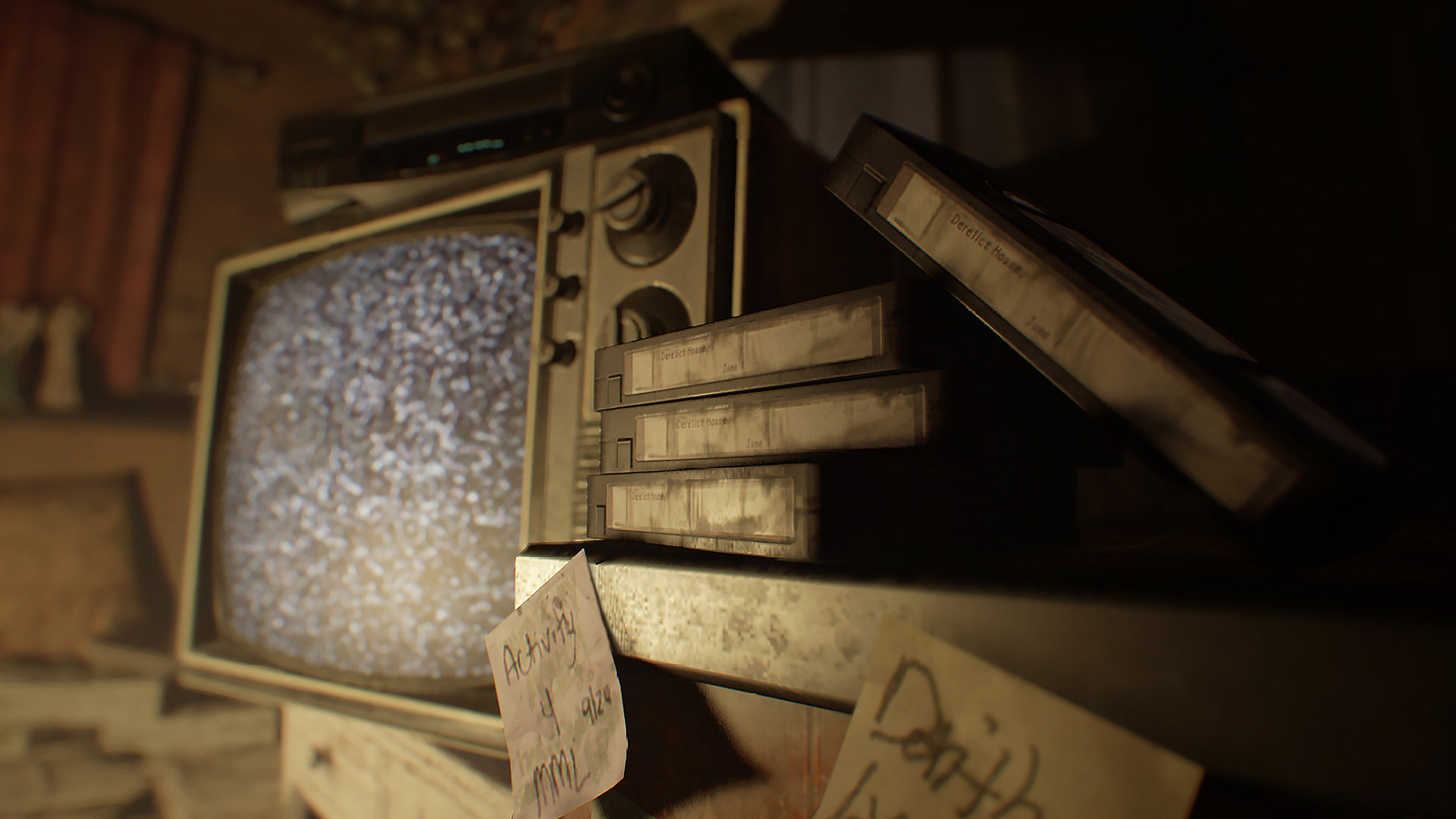
Citing “very good” pre-order numbers, Capcom’s EMEA Marketing Director Antoine Molant is confident Resident Evil 7 can sell — and that’s sell, not ship — four million copies on just the first day.
“Ideally, we’d love to sell 4m on day one globally. That would be great. Looking at what we see in the pre-orders and trends these days, we’re pretty confident we are going to get there. All the signs that we have seen across the market, whether it’s from the UK or from other territories, are very positive so far. We’re not sitting back and relaxing at all because we want to push that. The confidence is there.”
-
ESRB Rating
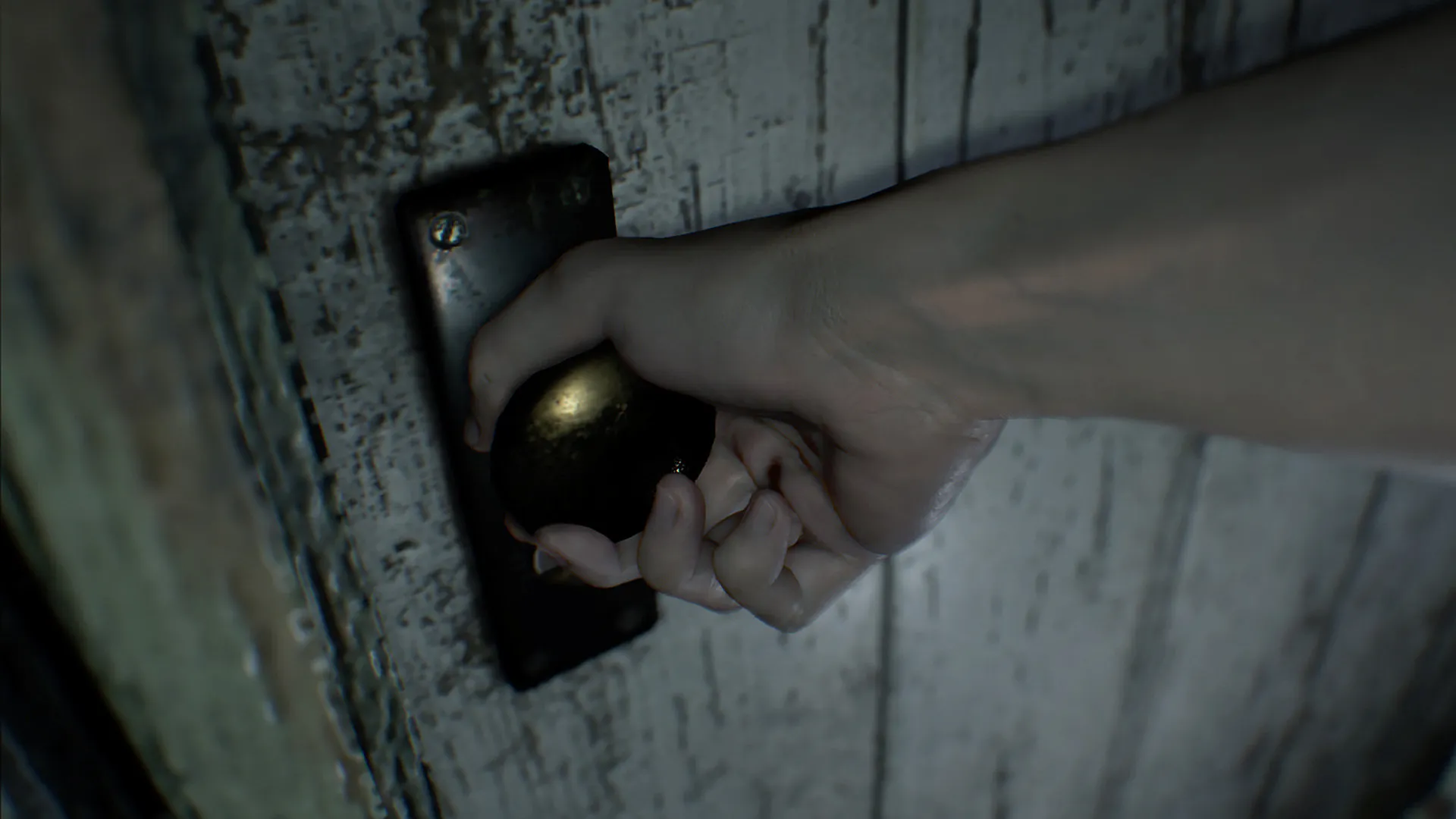
Rated M for--MOTHER OF GOD TURN THE CONSOLE OFF AND DOUS IT IN FLAMES…sorry, Mature — and you can find the official, slightly spoiler-ish description below.
“This is a survival-horror game in which players assume the role of Ethan, a man searching for his missing wife in a derelict mansion. From a first-person perspective, players explore the environment and use pistols, shotguns, flamethrowers, explosives and chainsaws to kill mutant creatures. Combat is accompanied by realistic gunfire, screams of pain, and exaggerated blood-splatter effects. As players progress through the story, cutscenes can depict instances of gore and intense acts of violence: a character’s arm dismembered by a chainsaw; a man’s leg taken off at the knee with a shovel; a character impaled through the face with a shovel. Some areas also depict mutilated corpses with exposed organs/viscera. The words “f**k” and “sh*t” are heard in the dialogue.”
-
There's No Place Like Home
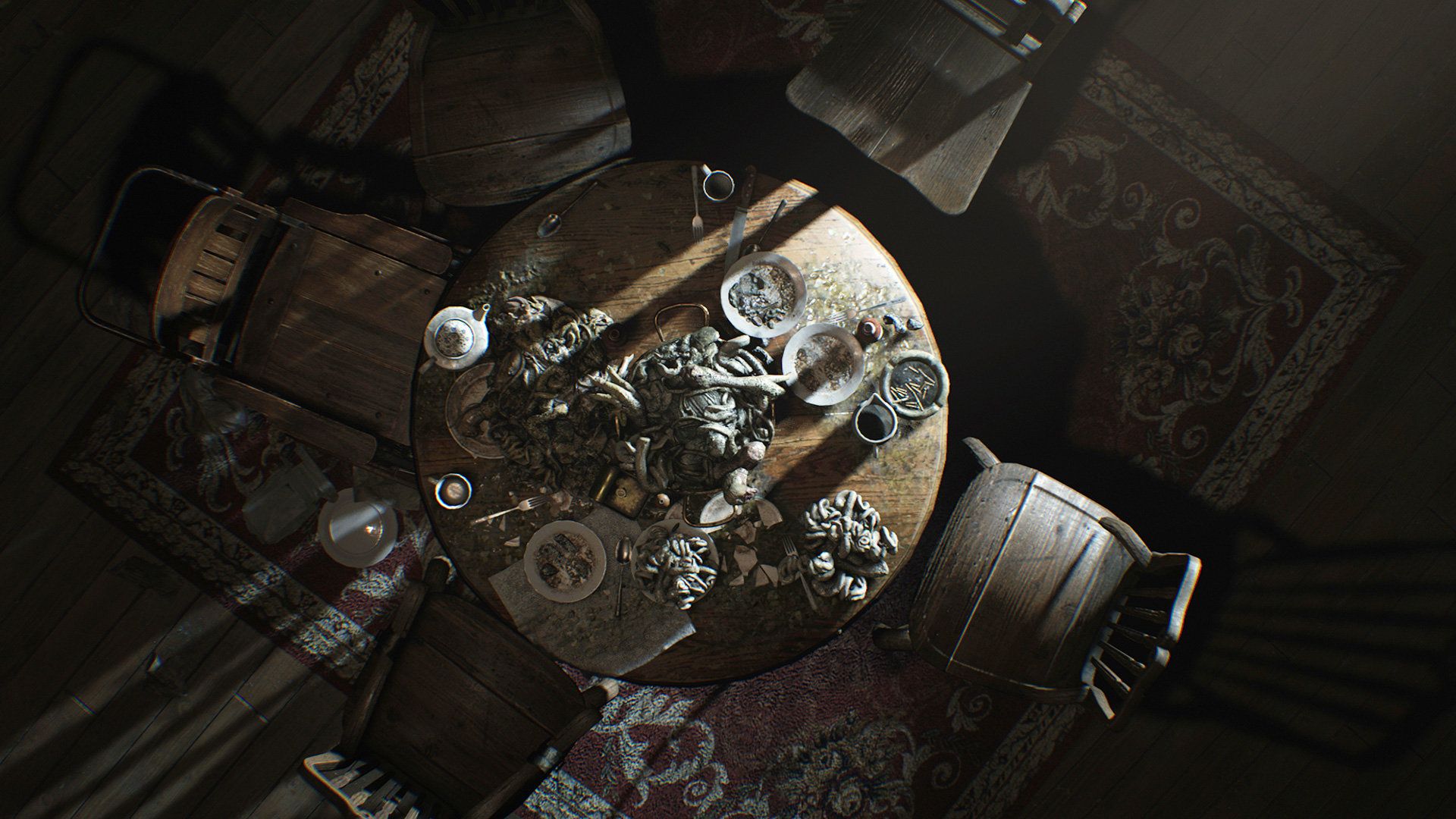
The latest RE7 trailer is designed to welcome you home in the most horrifying way imaginable.
Here's an extract from the video's caption: “Come inside into the warm, friend. You’re late for supper, and it’s about time we introduced you to our little family.”
-
Live-Action Trailer
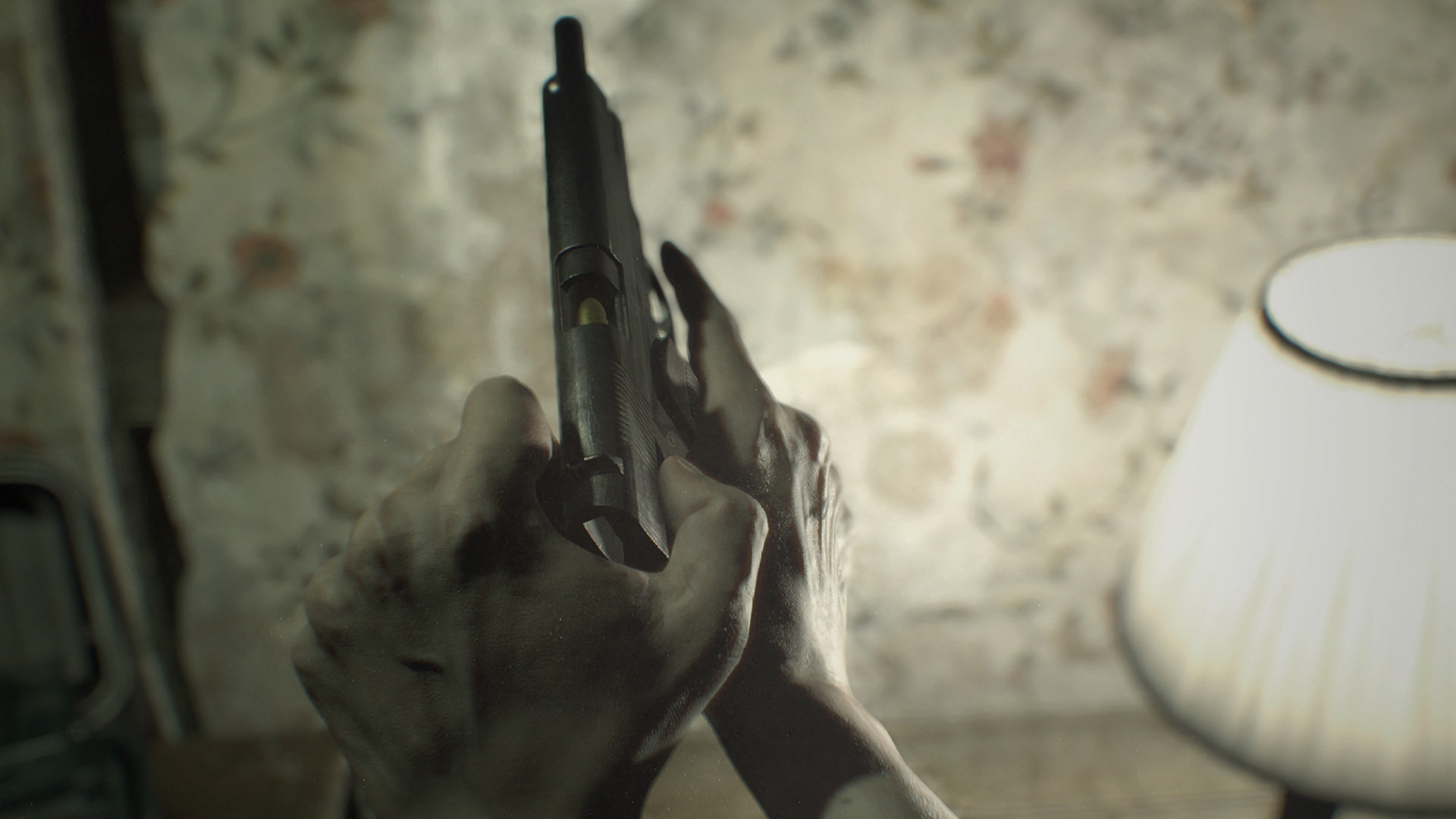
A short, sweet, and suitably horrifying live-action trailer for Resident Evil 7 can be found right here.
-
Extended Gameplay
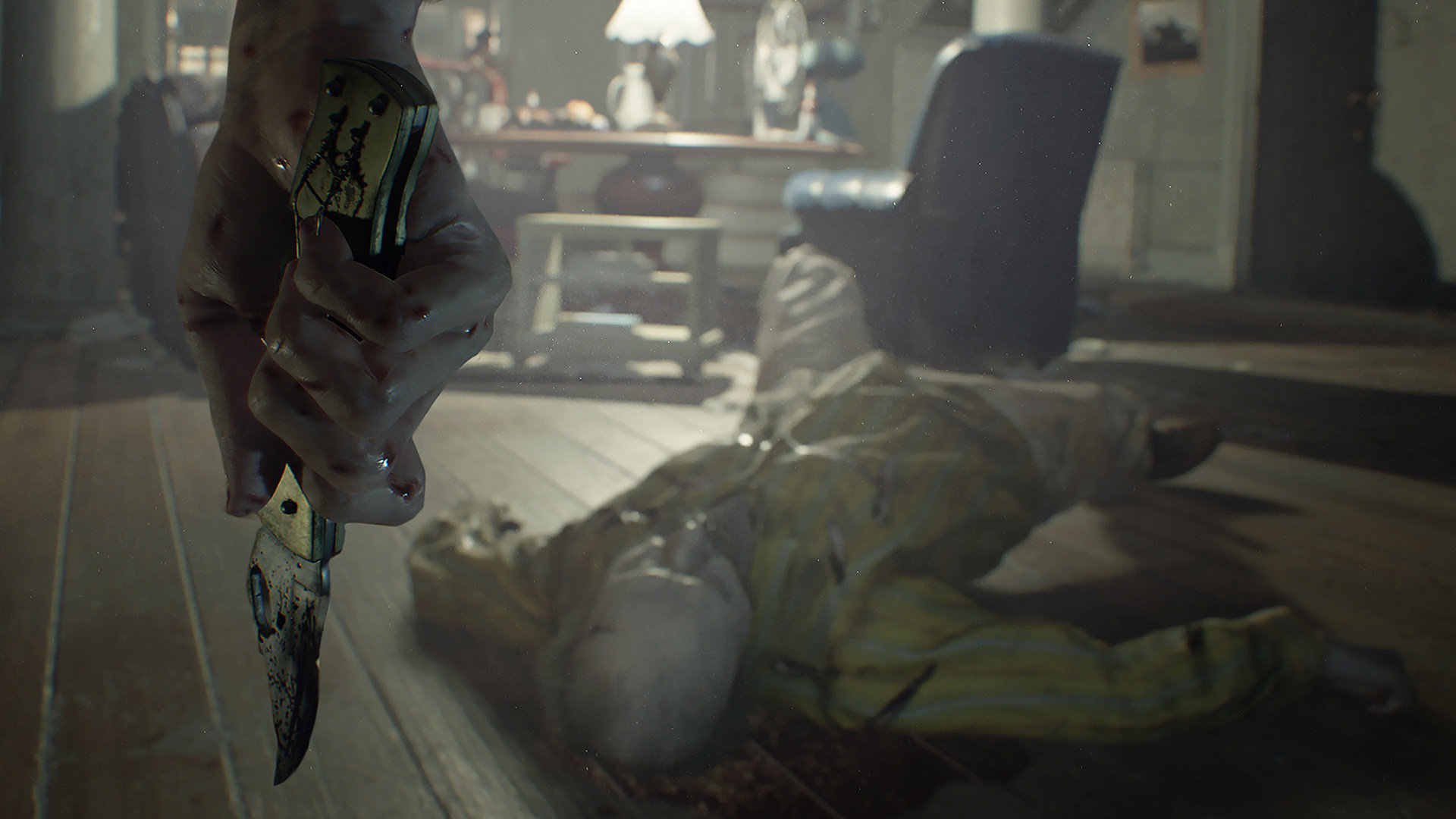
Curious to get a feel for how Resident Evil 7 actually plays? This extended, 8-minute demo ought to sate your appetite.
-
Trophy List
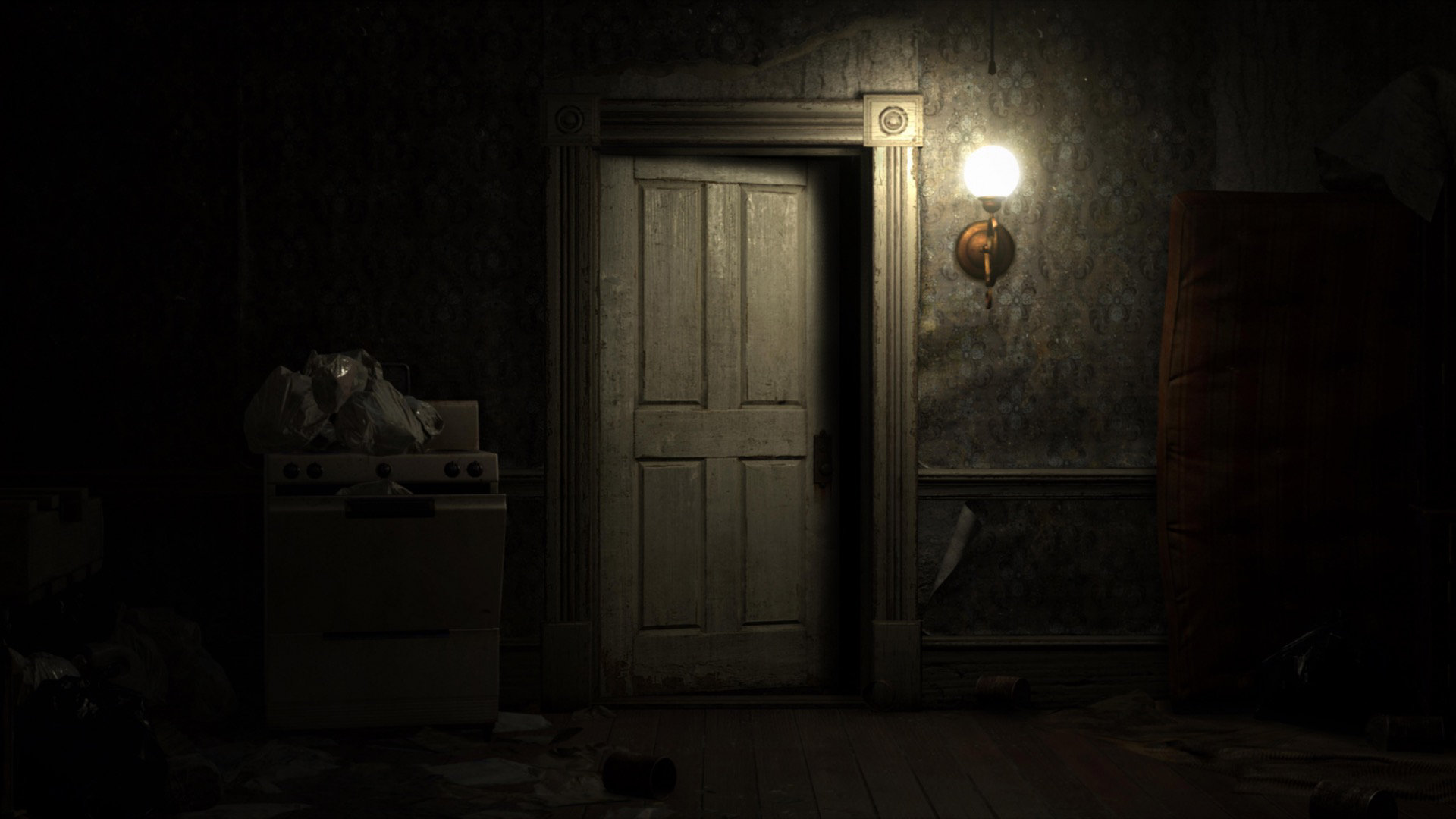
The official Trophy list for Resident Evil 7 has found its way online ahead of schedule. It's riddled with spoilers, so continue at your own risk.
-
GameStop Pre-Order Invokes Retribution
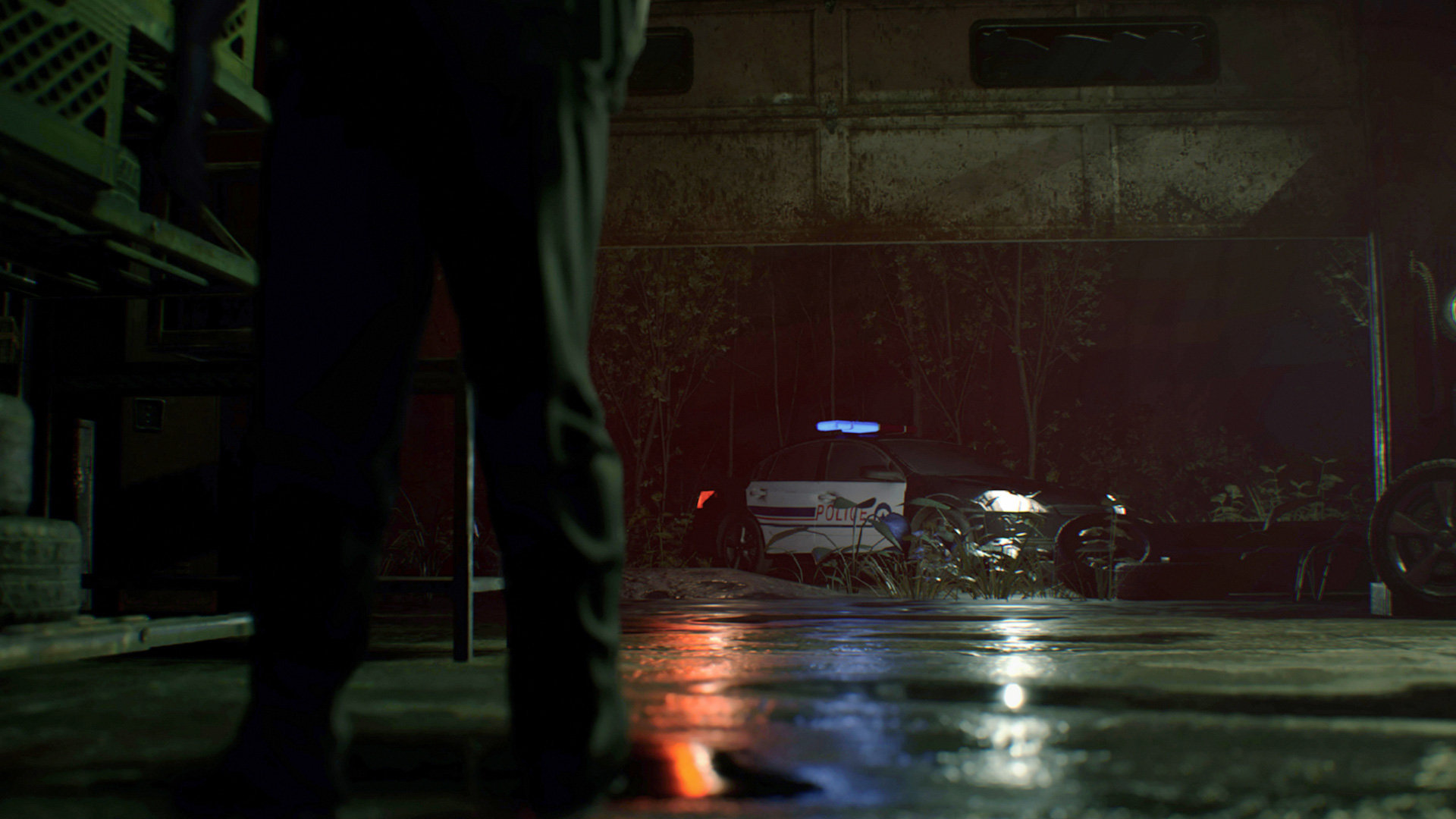
And not the nasty kind. For those in the US, one of RE7's many pre-order incentives opens up a free digital copy of Resident Evil: Retribution via GameStop.
More details:
For PS4 and Xbox One pre-orders at GameStop – you’ll receive a redemption code printed on your receipt when you pick up the game to download a digital copy of the Resident Evil: Retribution movie. PlayStation 4 pre-orders will receive a code to download the movie on VUDU, redeemable through the VUDU app on PS4, and Xbox One pre-orders will receive a code for the movie redeemable through the Xbox Store. This offer is available for both pre-orders and purchases of Resident Evil 7 biohazard in the United States through February 6th, 2017.
For PlayStation Network digital pre-orders – you’ll receive a code via PSN system message for 40% off the HD movie bundle Resident Evil Collection on the PlayStation Store. The collection includes Resident Evil, Resident Evil: Apocalypse, Resident Evil: Extinction, Resident Evil: Afterlife, and Resident Evil: Retribution. This offer is available for pre-orders of Resident Evil 7 biohazard in the United States through January 23rd, 2017.
-
GameStop-exclusive Collector's Edition
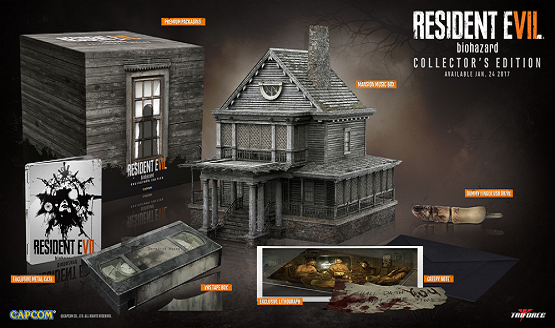
If you're wanting to go all-in for RE7, GameStop has an exclusive Collector's Edition. It's priced at $179.99 and includes the following:
-Resident Evil 7 biohazard Base Game
-Mansion Music Box (8” Tall) that plays a sample of Aunt Rhody with accompanying LED effects.
-Dummy Finger 4G USB Drive
-Exclusive Metal Case
-VHS Tape Box
-Exclusive Lithograph
-Creepy Note
-Premium Packaging -
Hands-On (Head-On?) Impressions of RE7 in VR
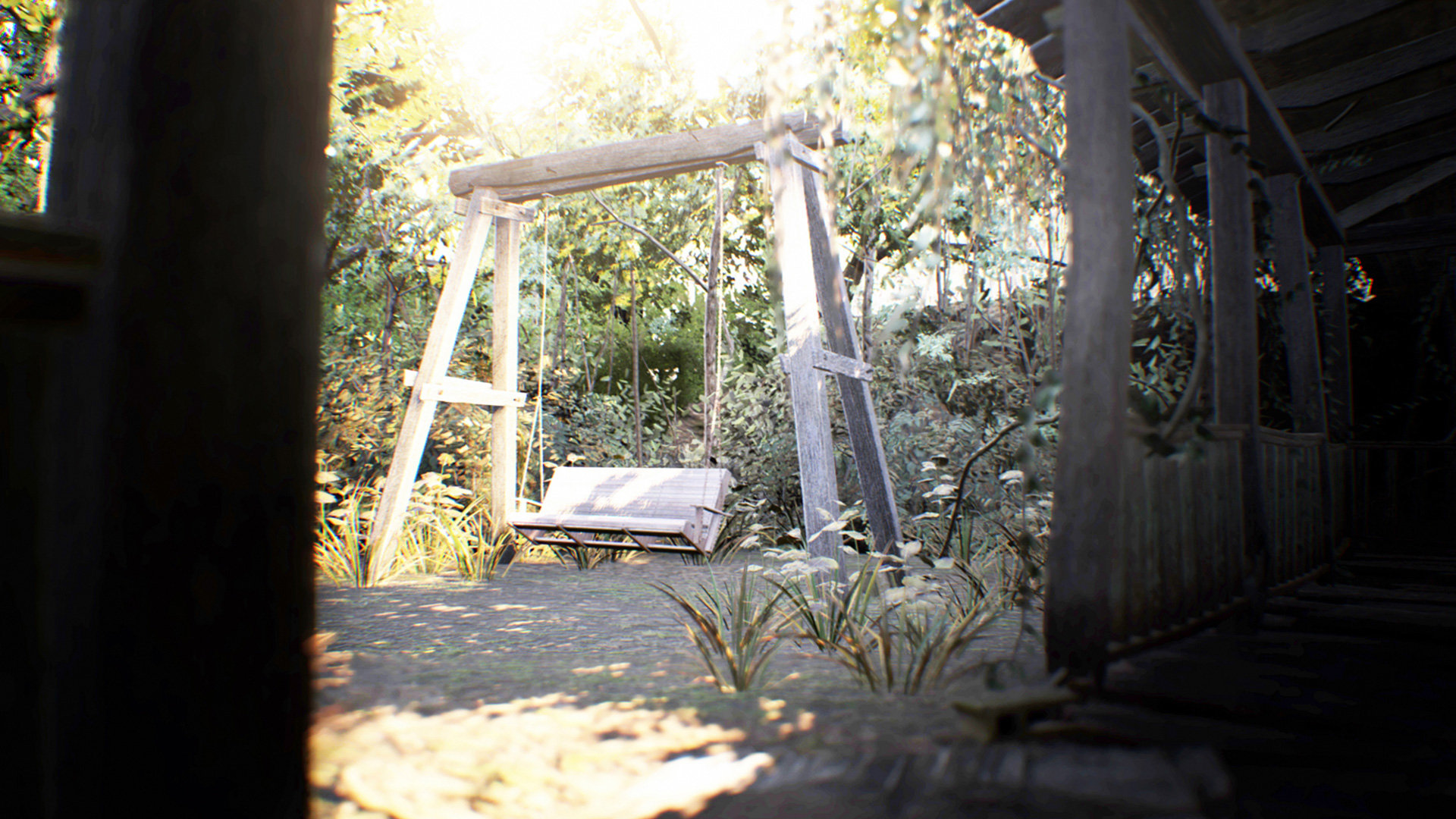
Our own Paulmichael Contreras was on hand at E3 2016 to test out the VR build of Resident Evil 7. Spoilers: he was overly impressed.
"I can safely say that the slice of Resident Evil 7 that I played will make believers from many a skeptic of virtual reality. Something about a game that reacts to your every head movement makes the world more believable, and coupled with a decent pair of headphones, you’ll be whisked away to whatever world is being presented to you. For those who still feel virtual reality is a gimmick, Resident Evil 7 does not require it, and it appears the game can still stand on its own and bring in scares without the headset."
-
Our Review
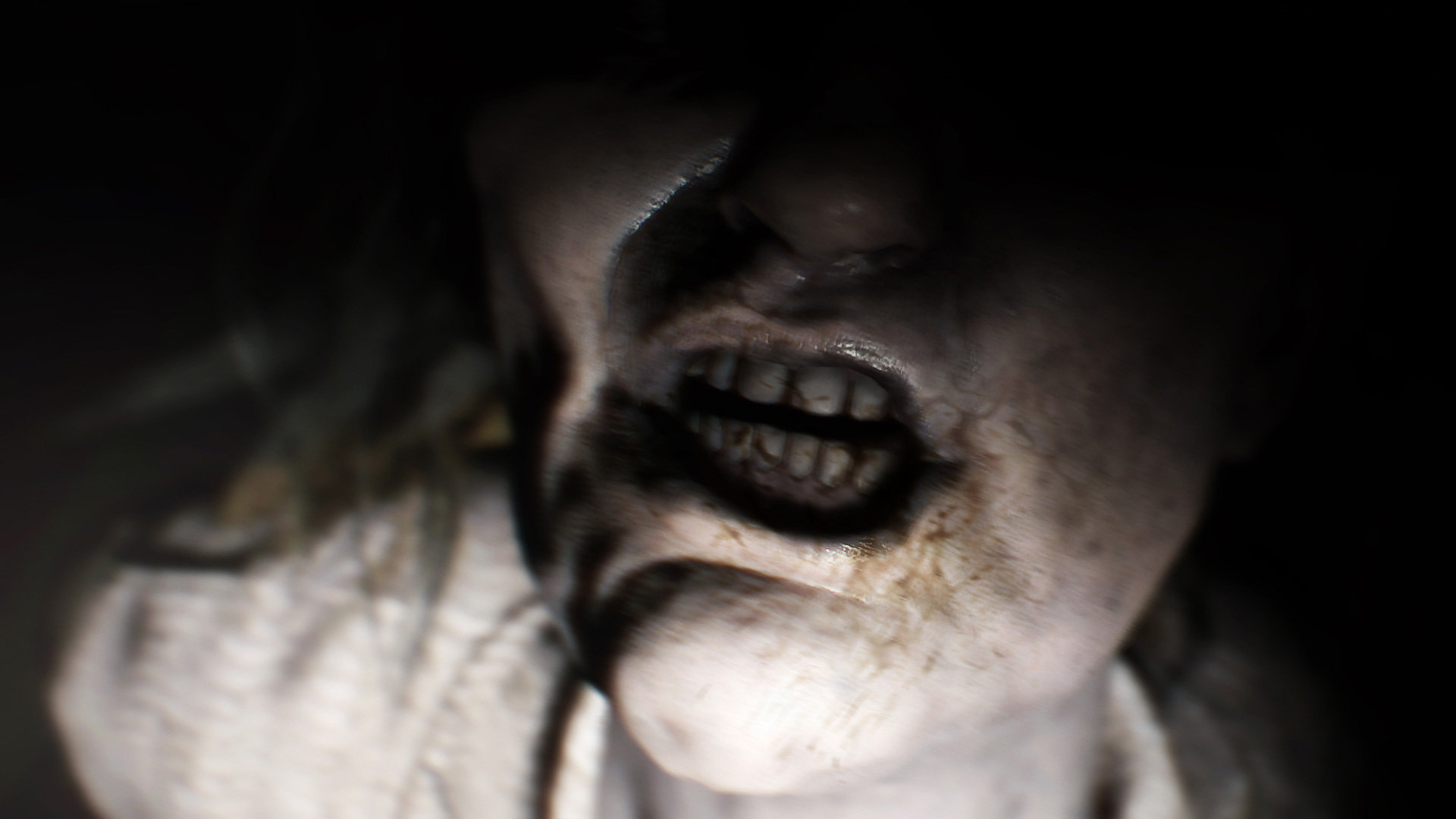
And our final verdict? Chandler Wood will be handling the official PSLS review of Resident Evil 7. According to Capcom, the embargo is set to lift on January 23, right before launch day, so keep those peepers peeled.
